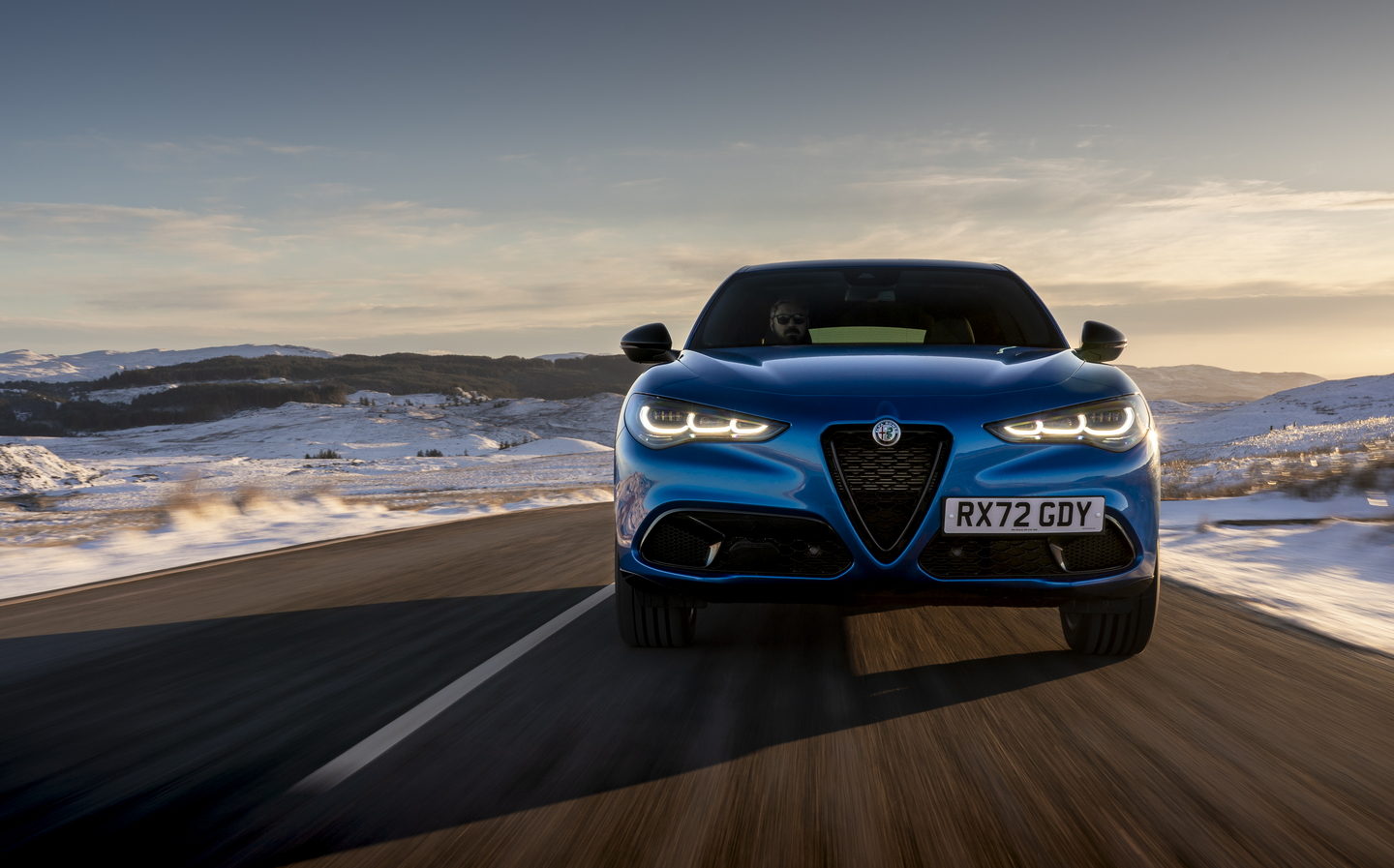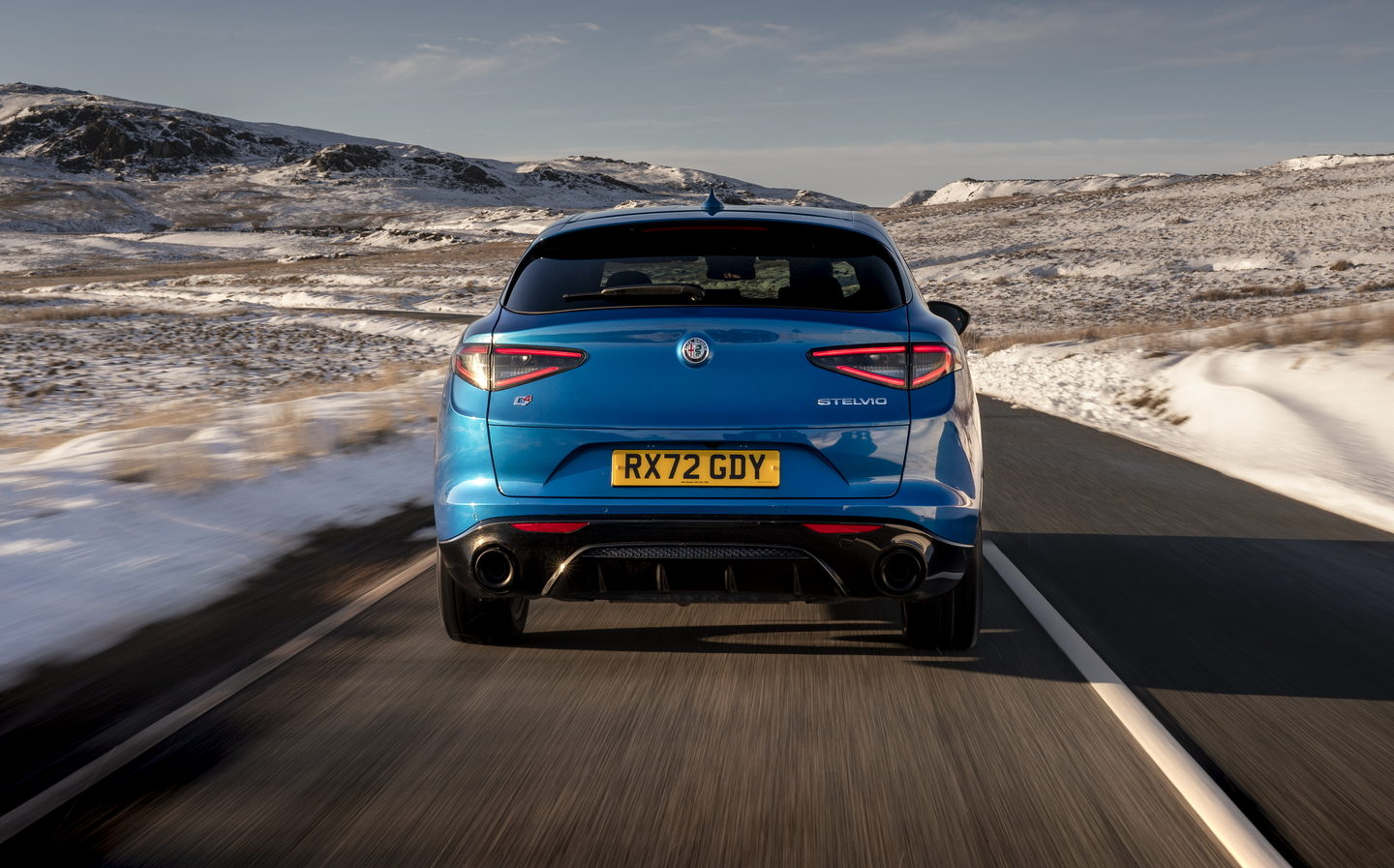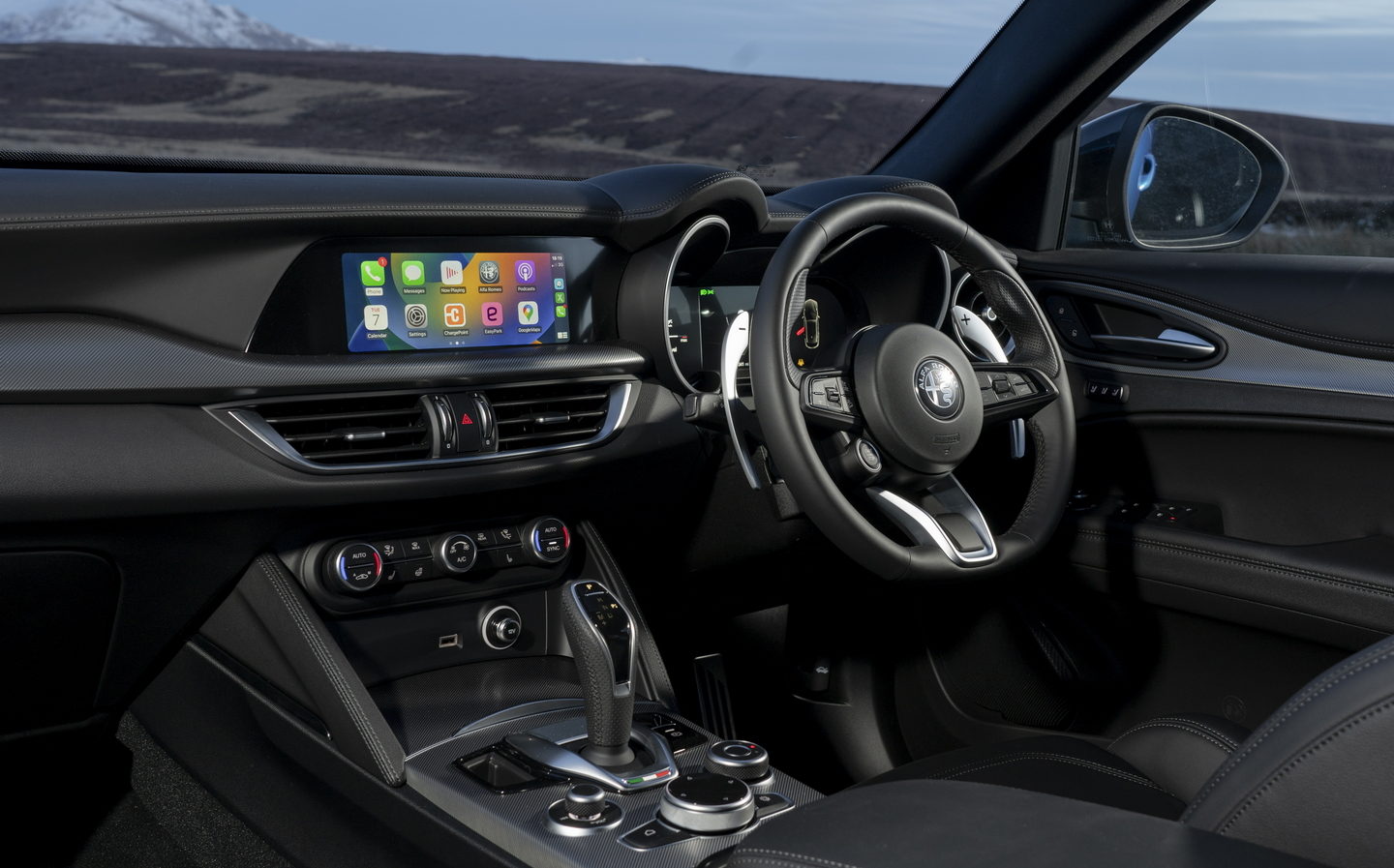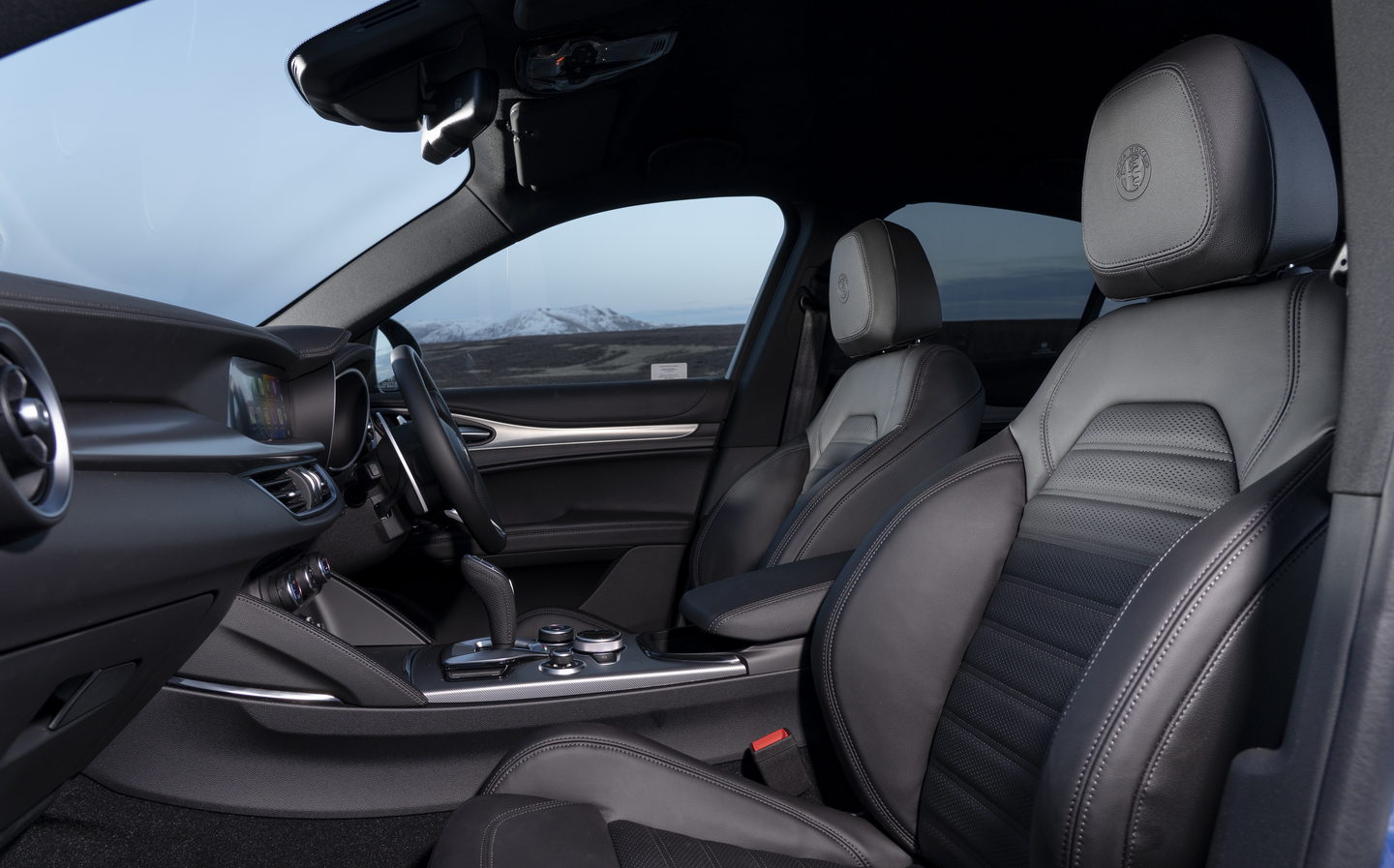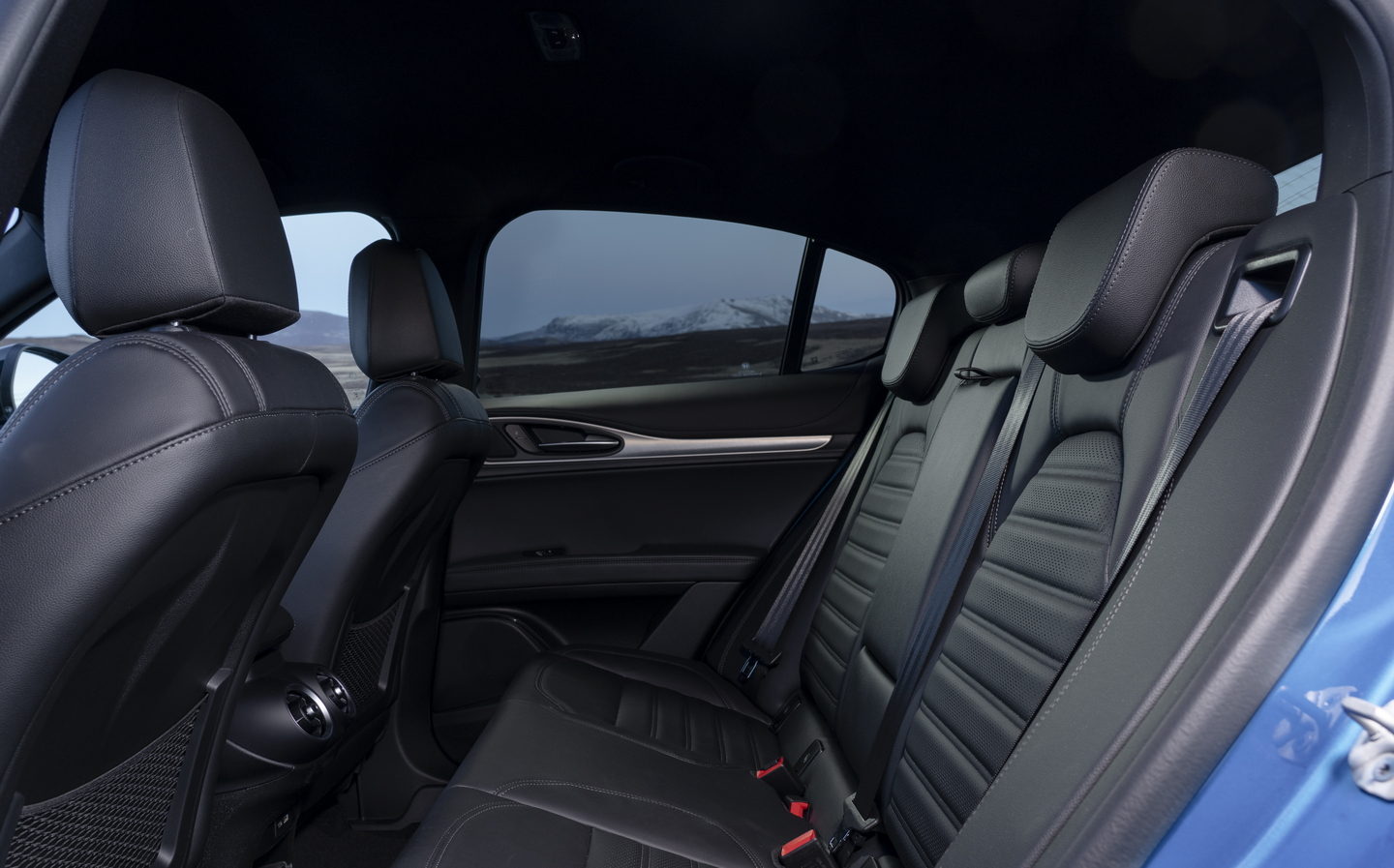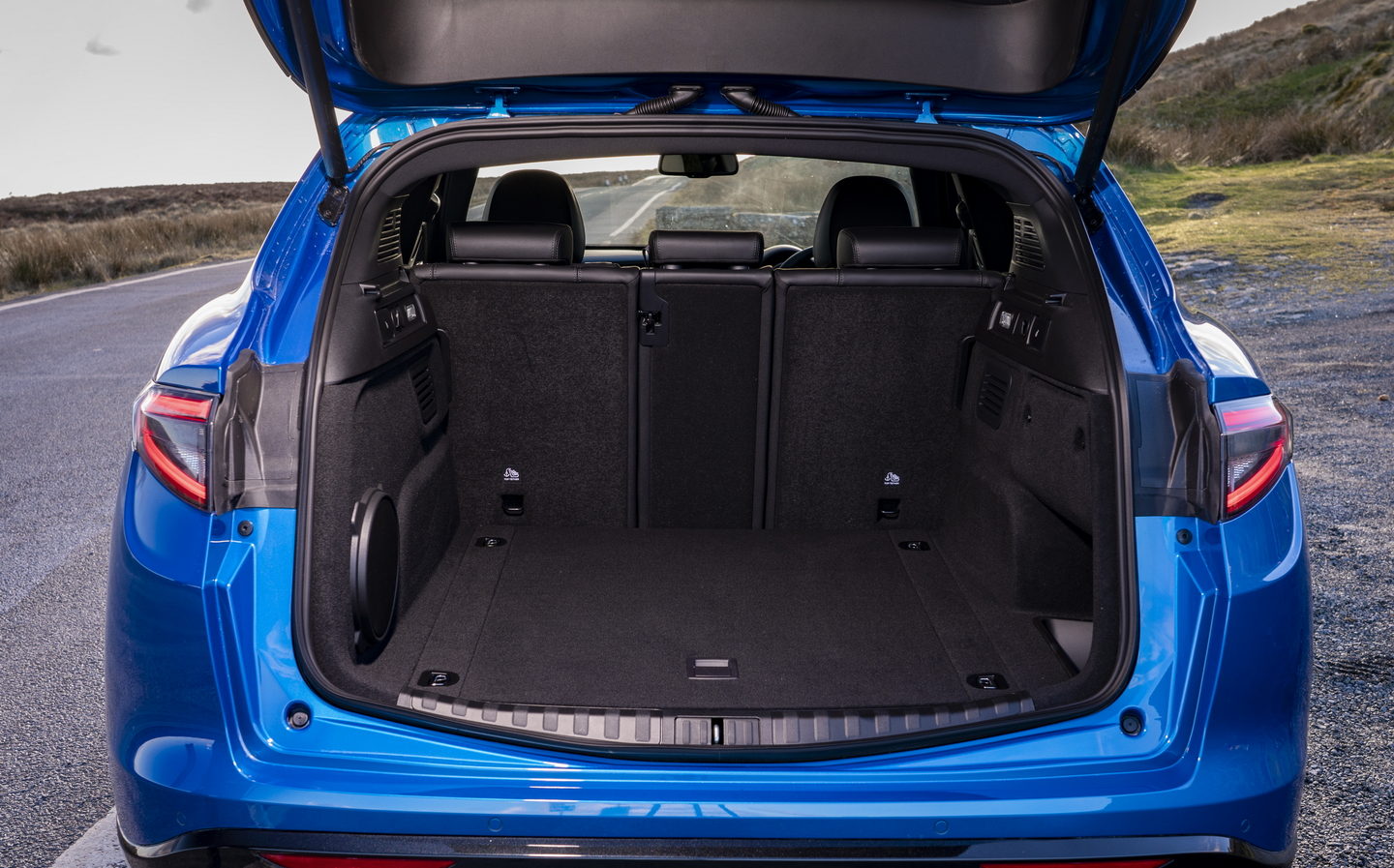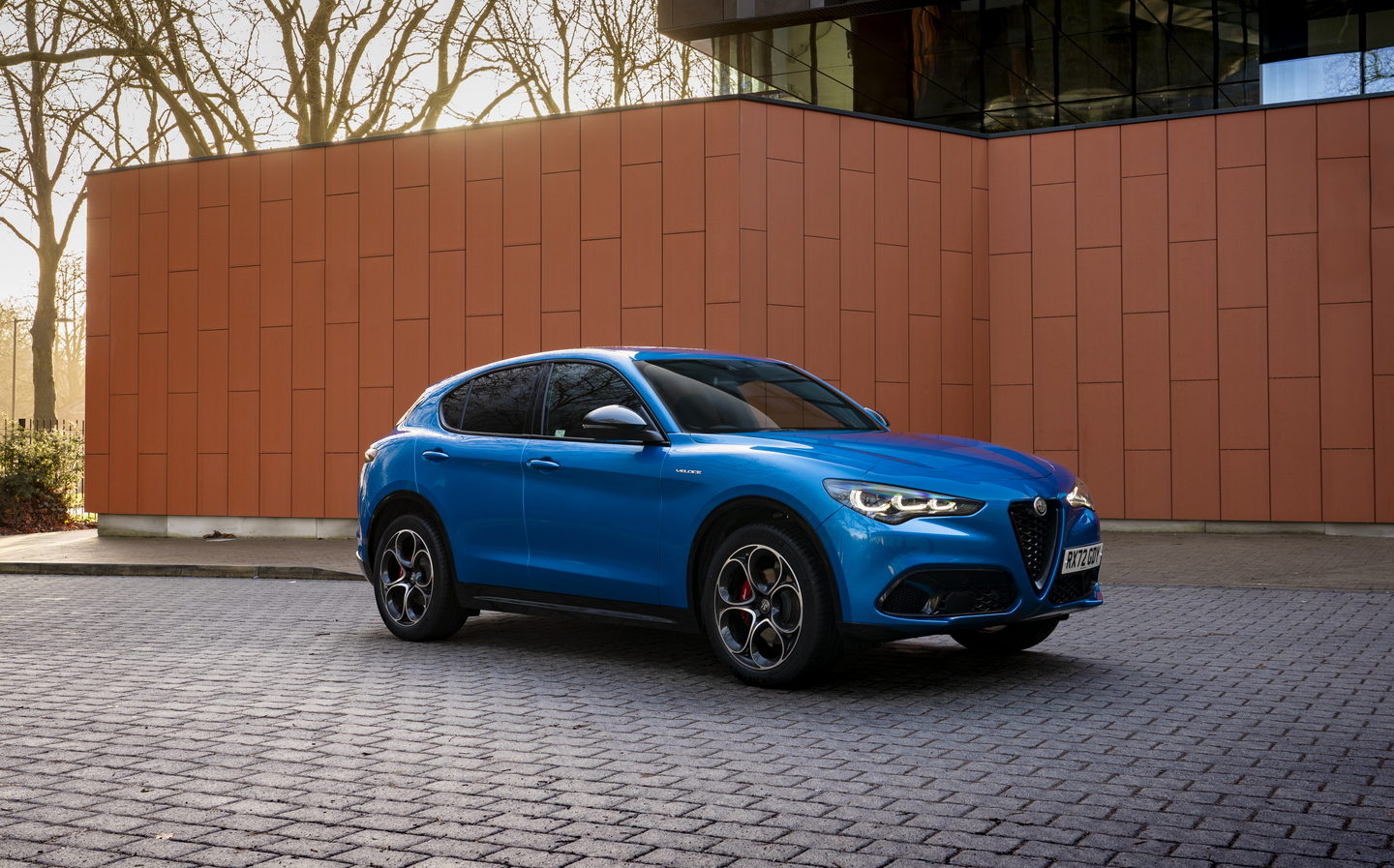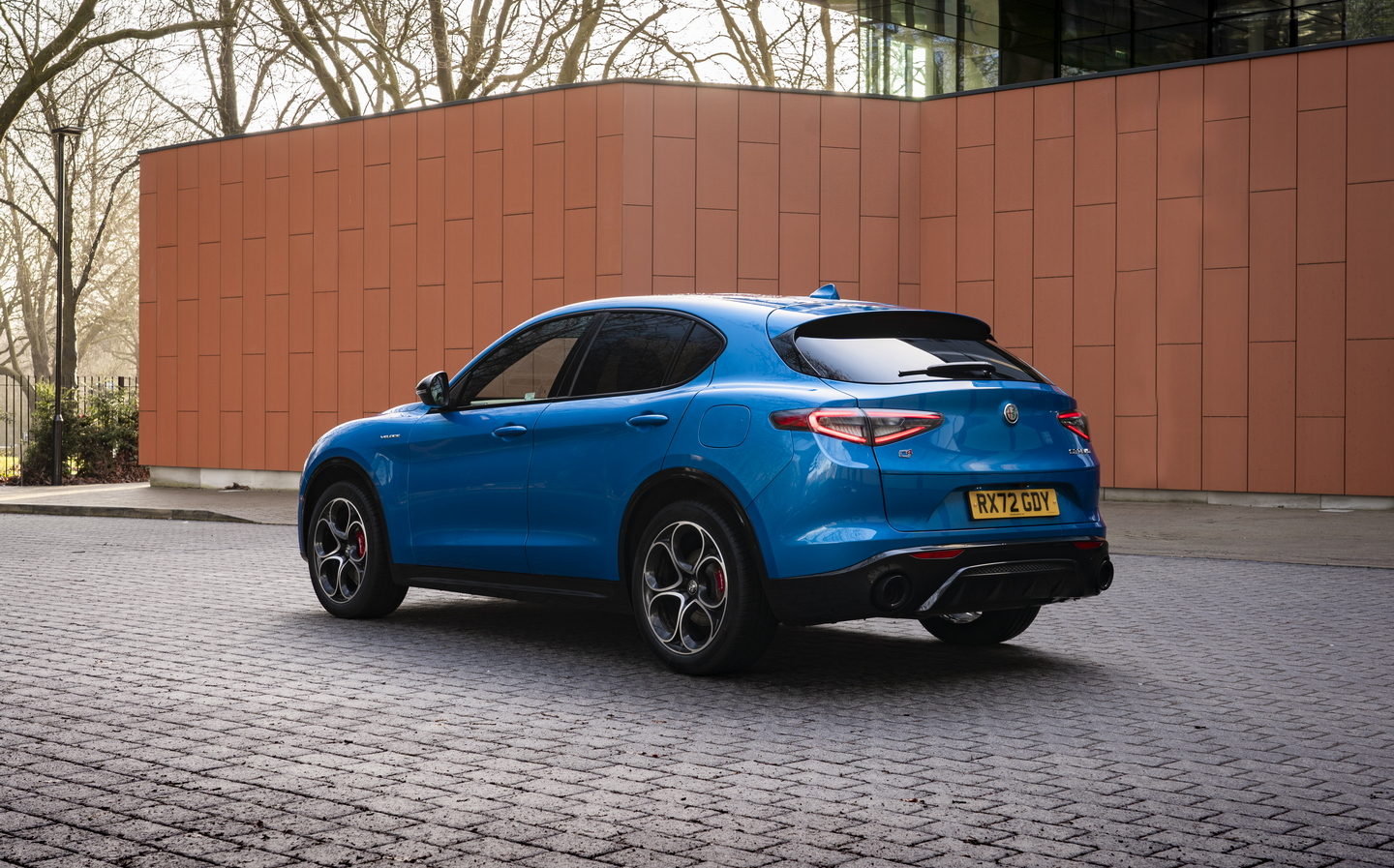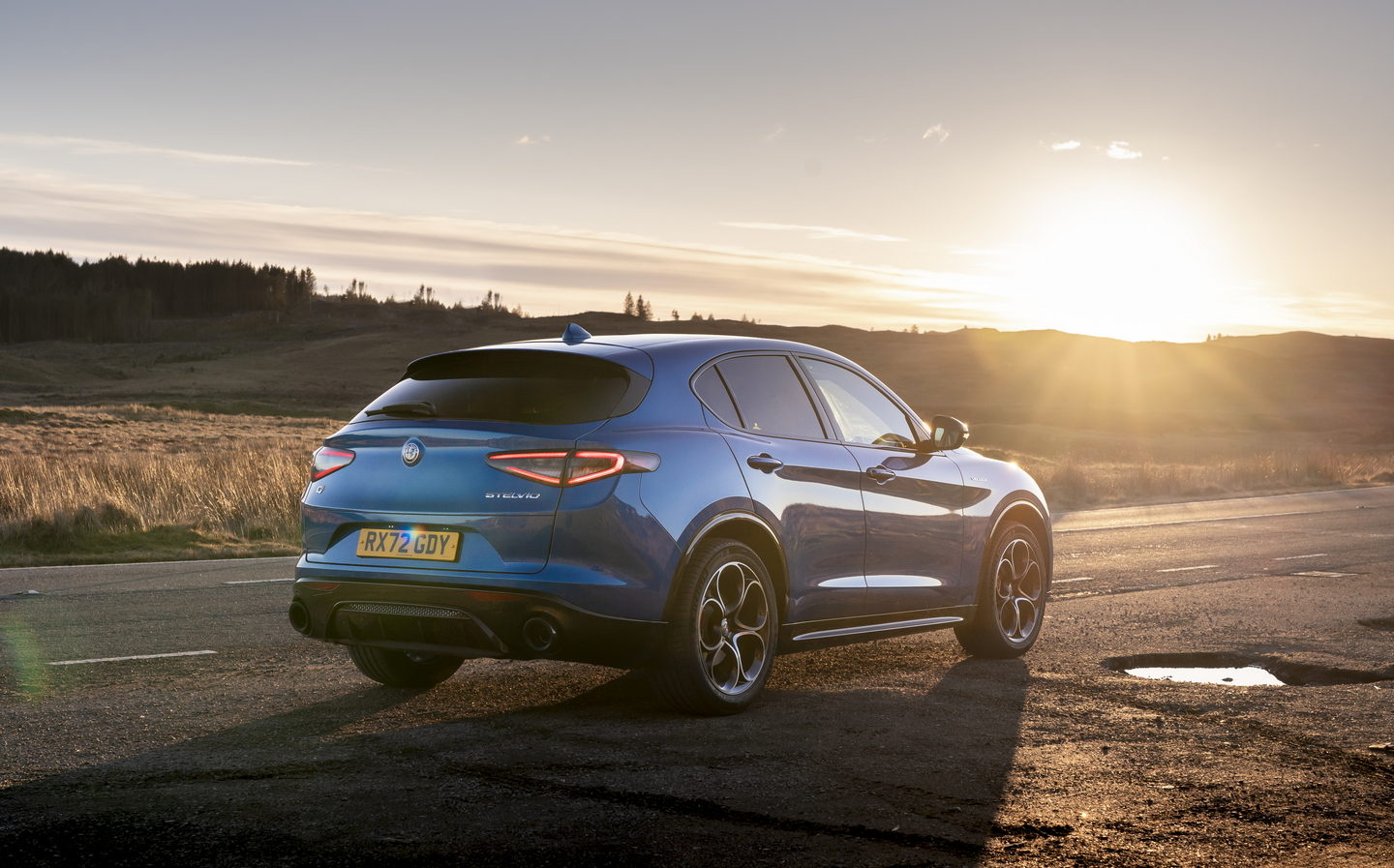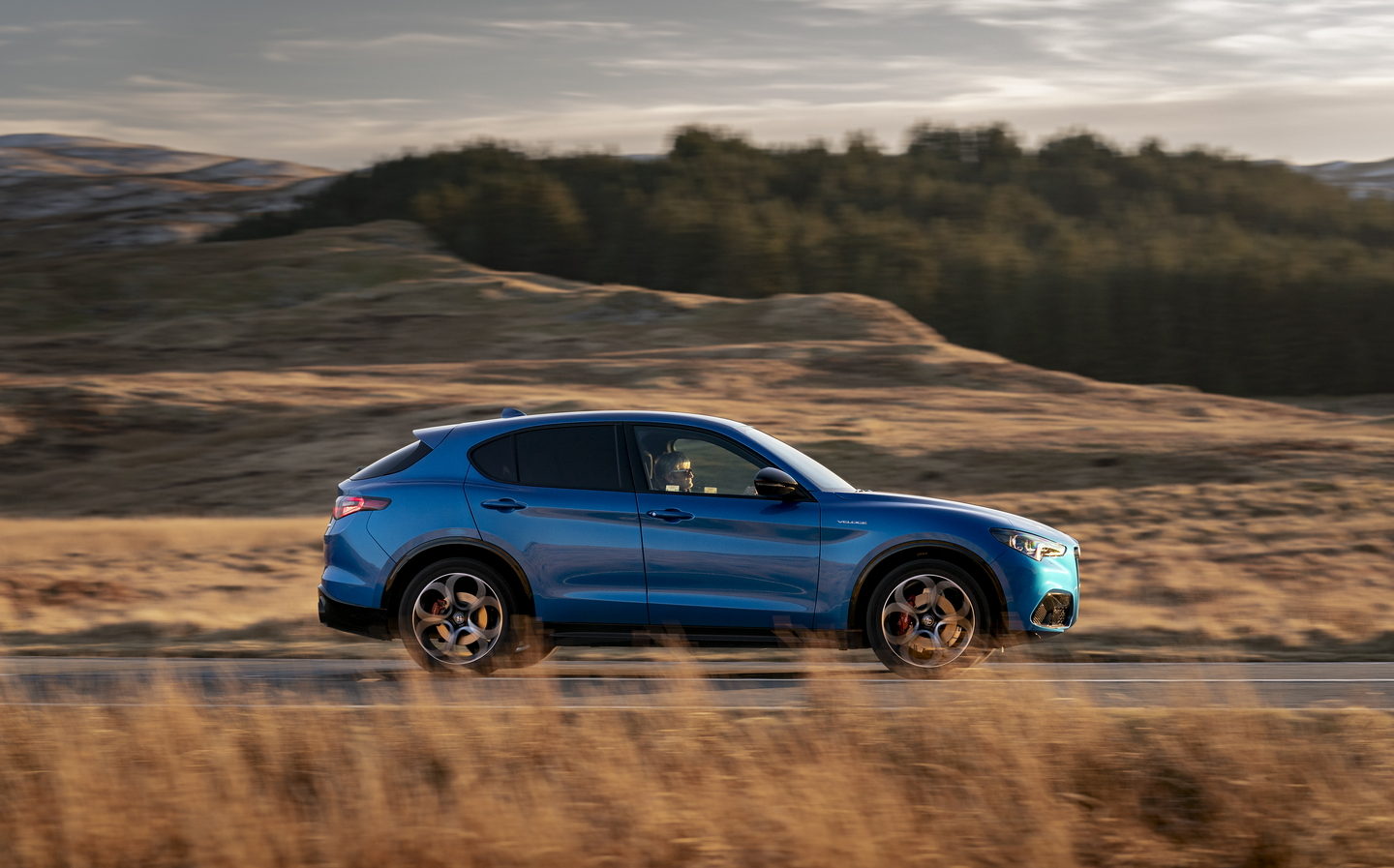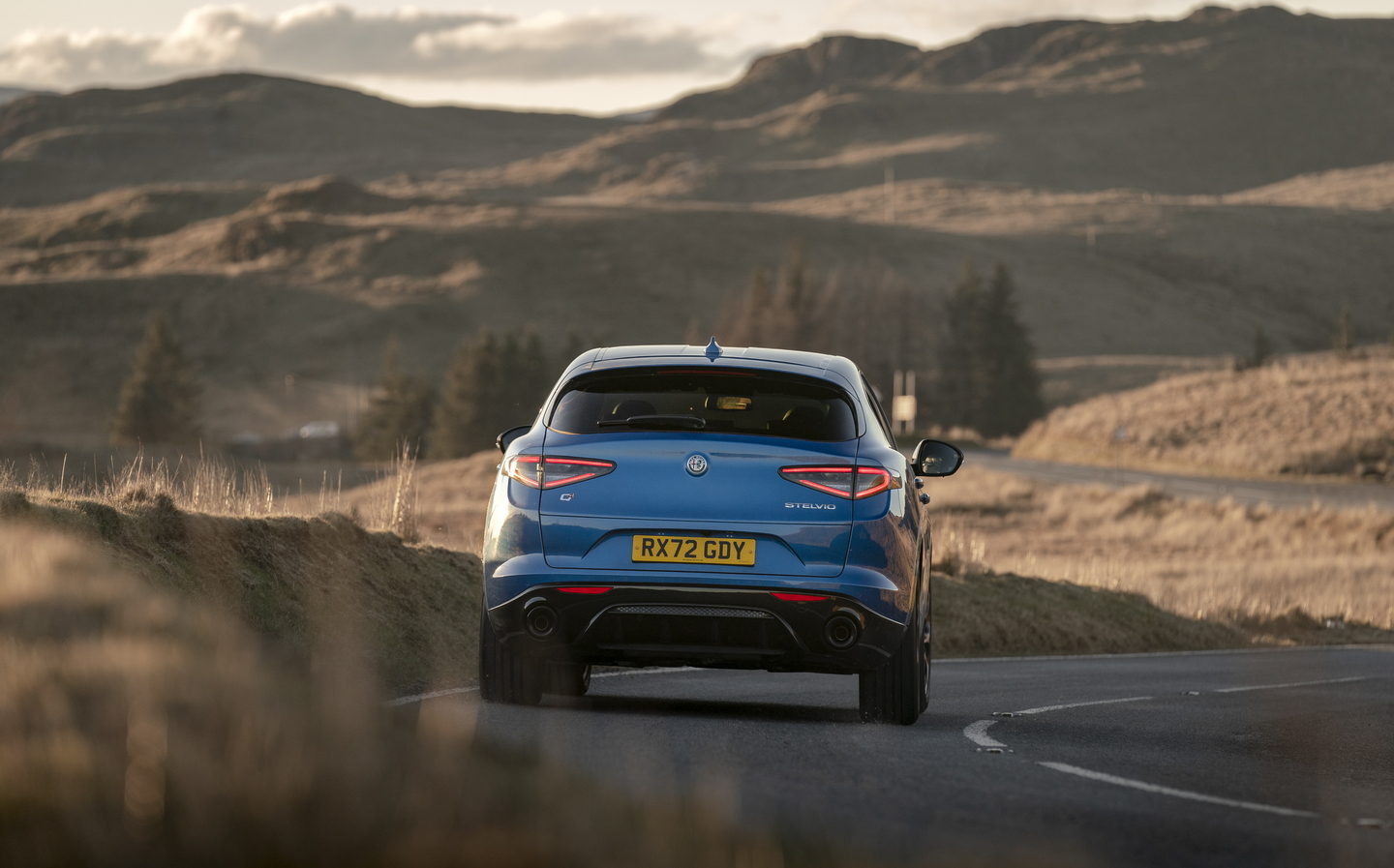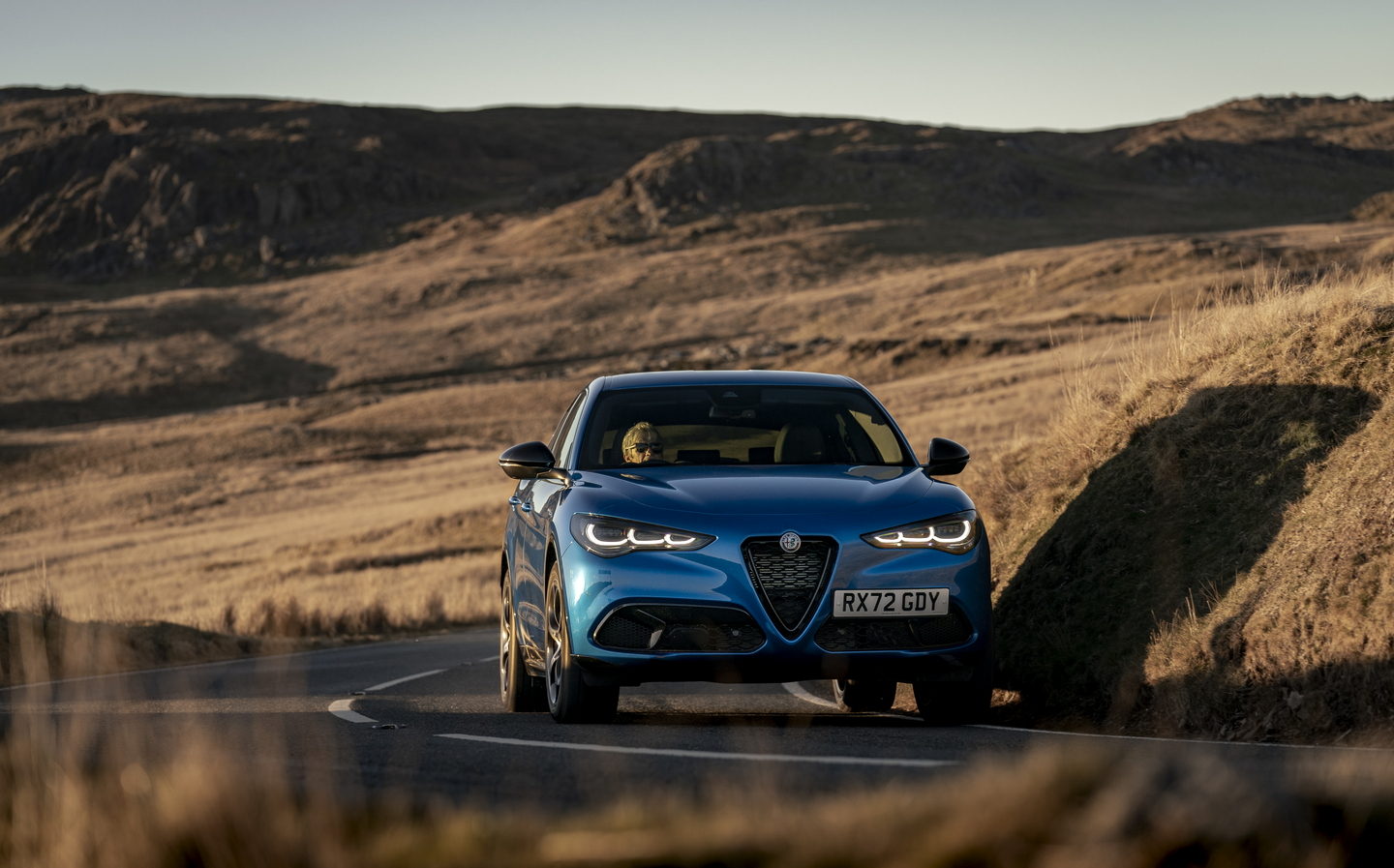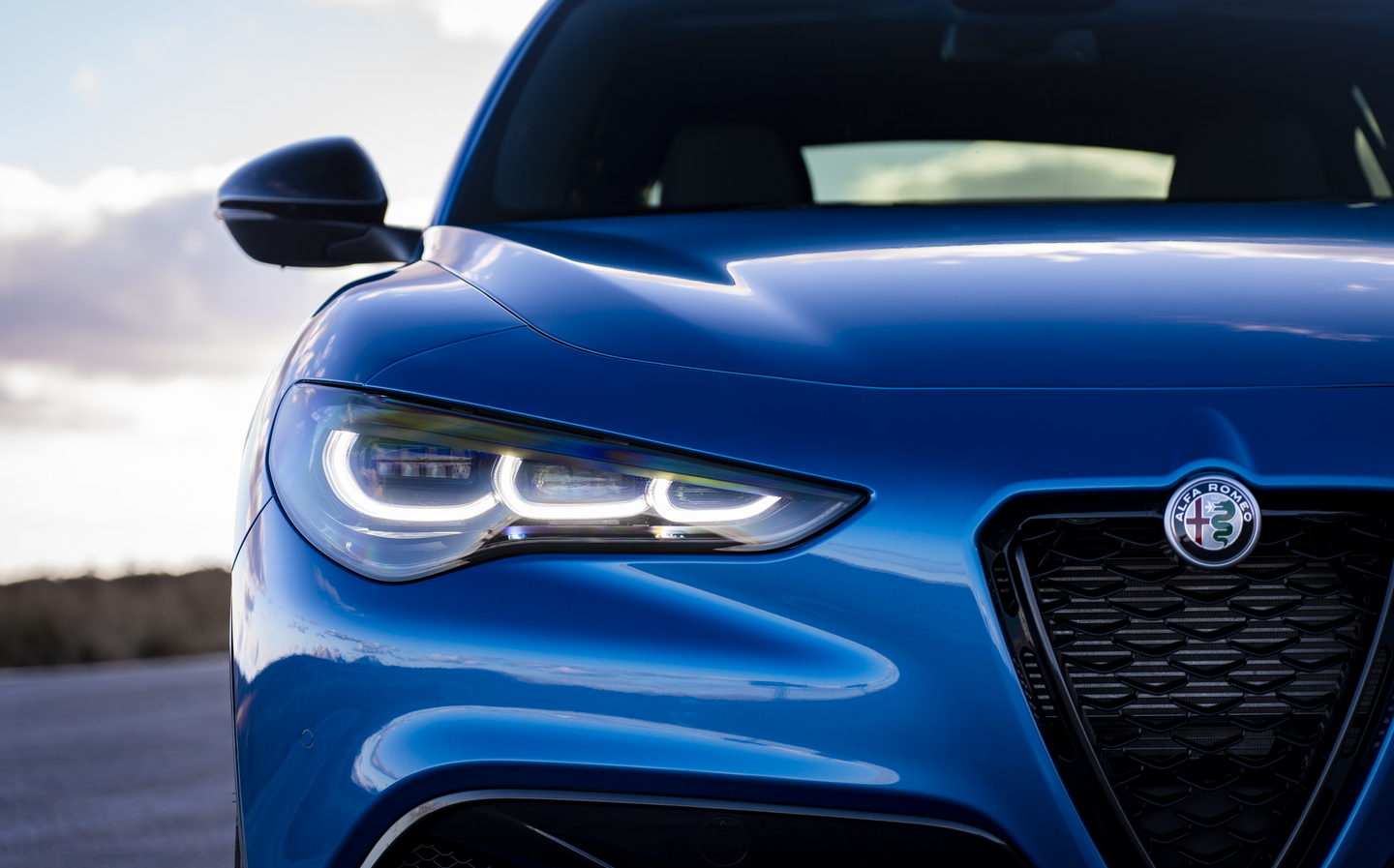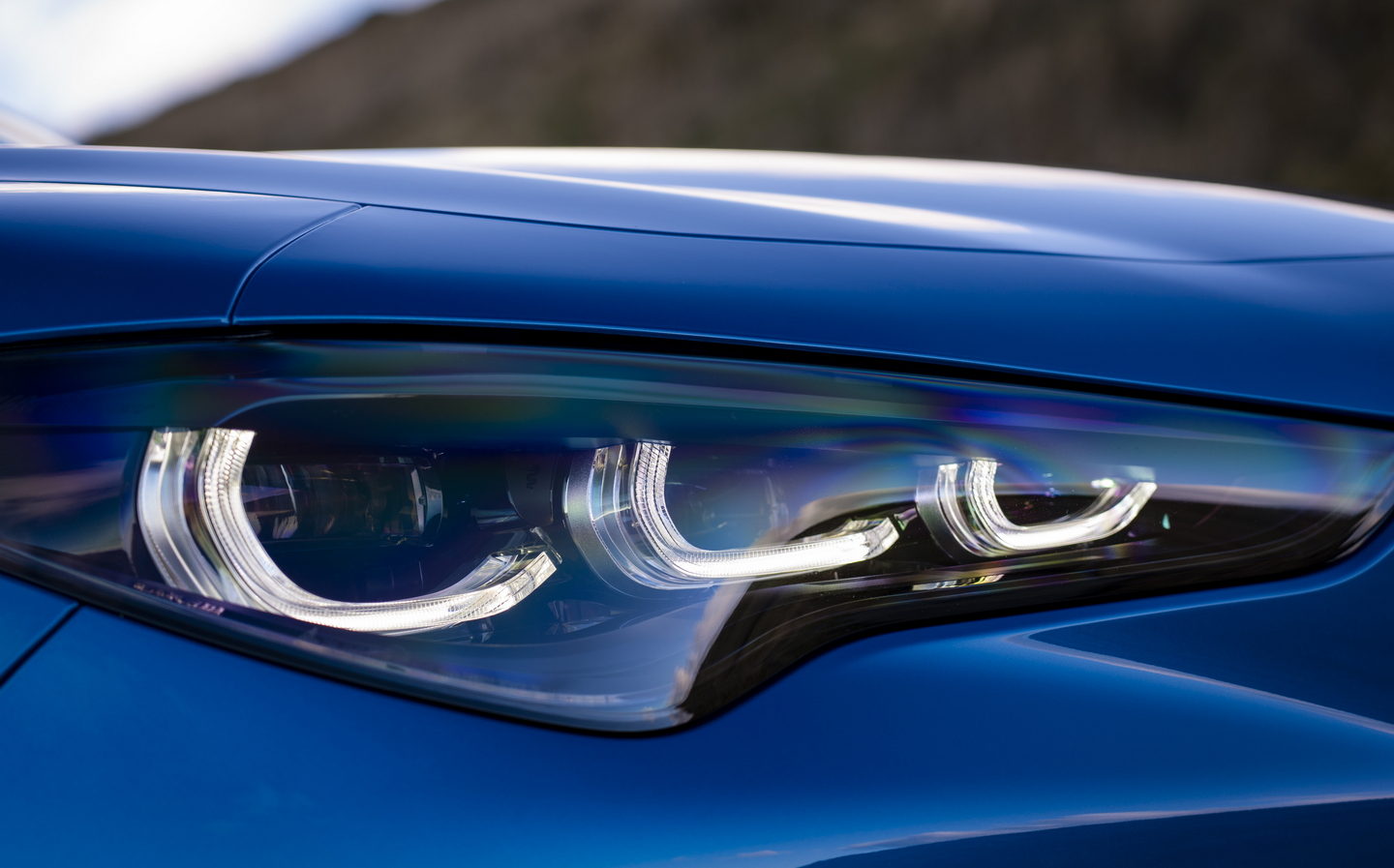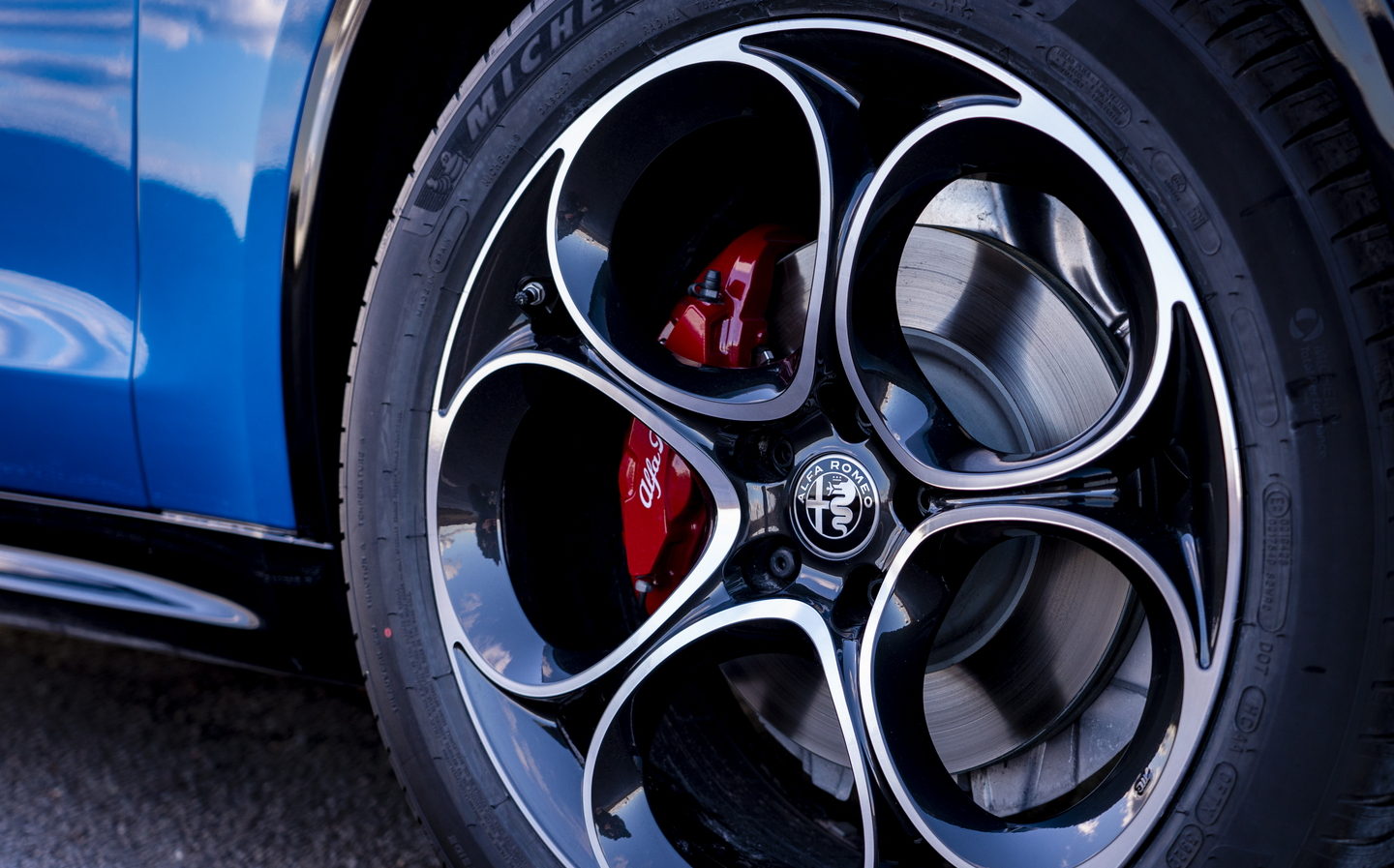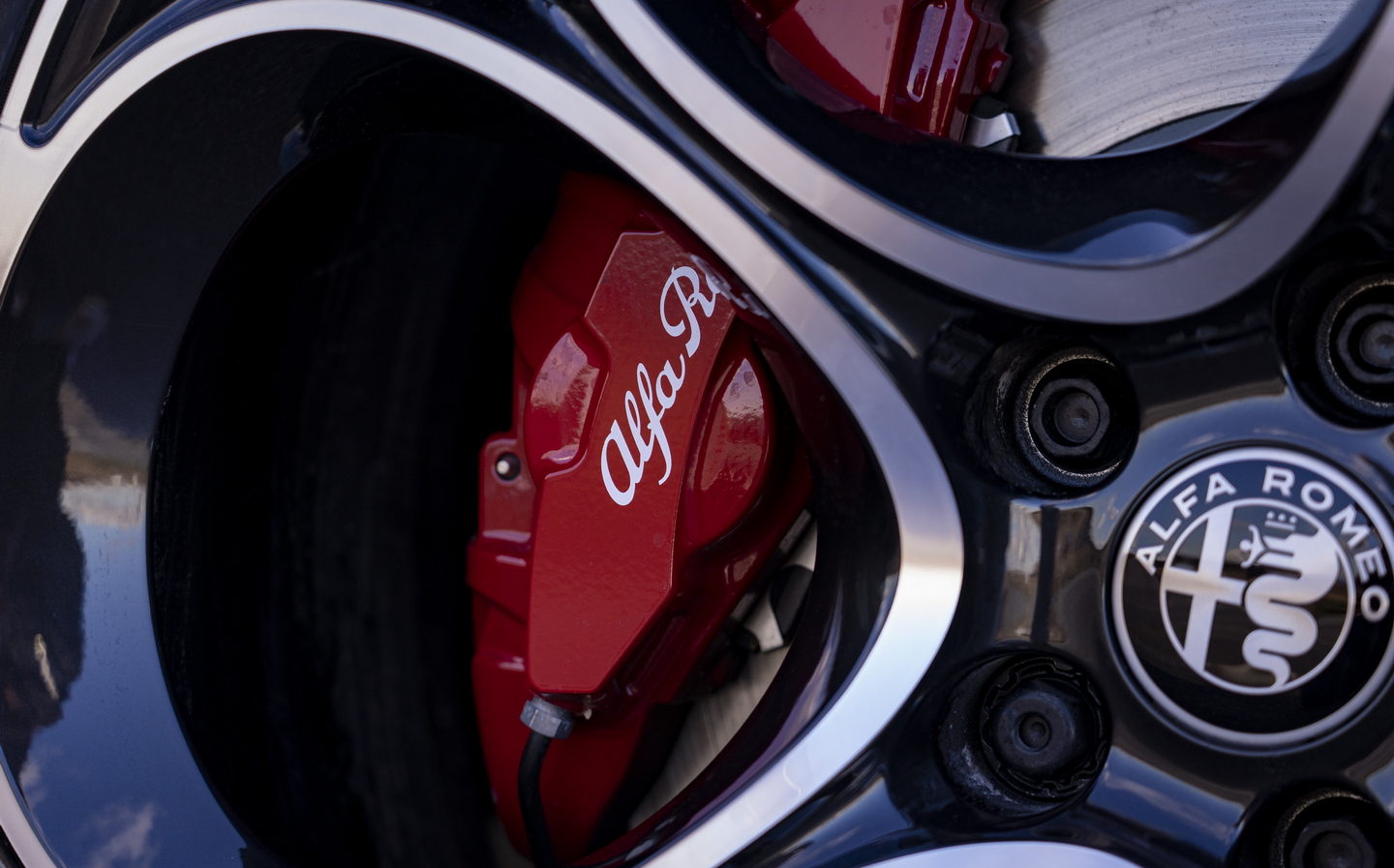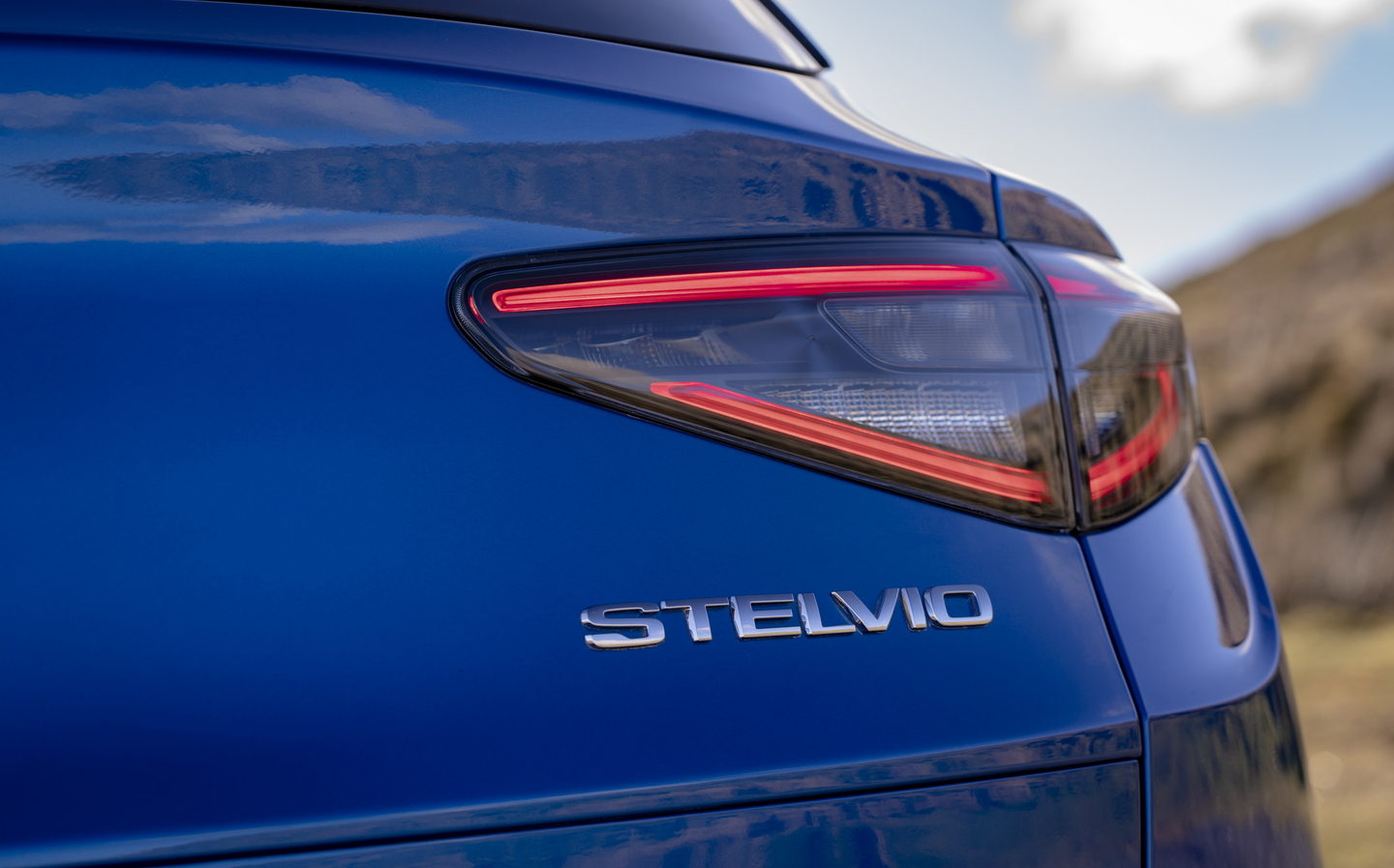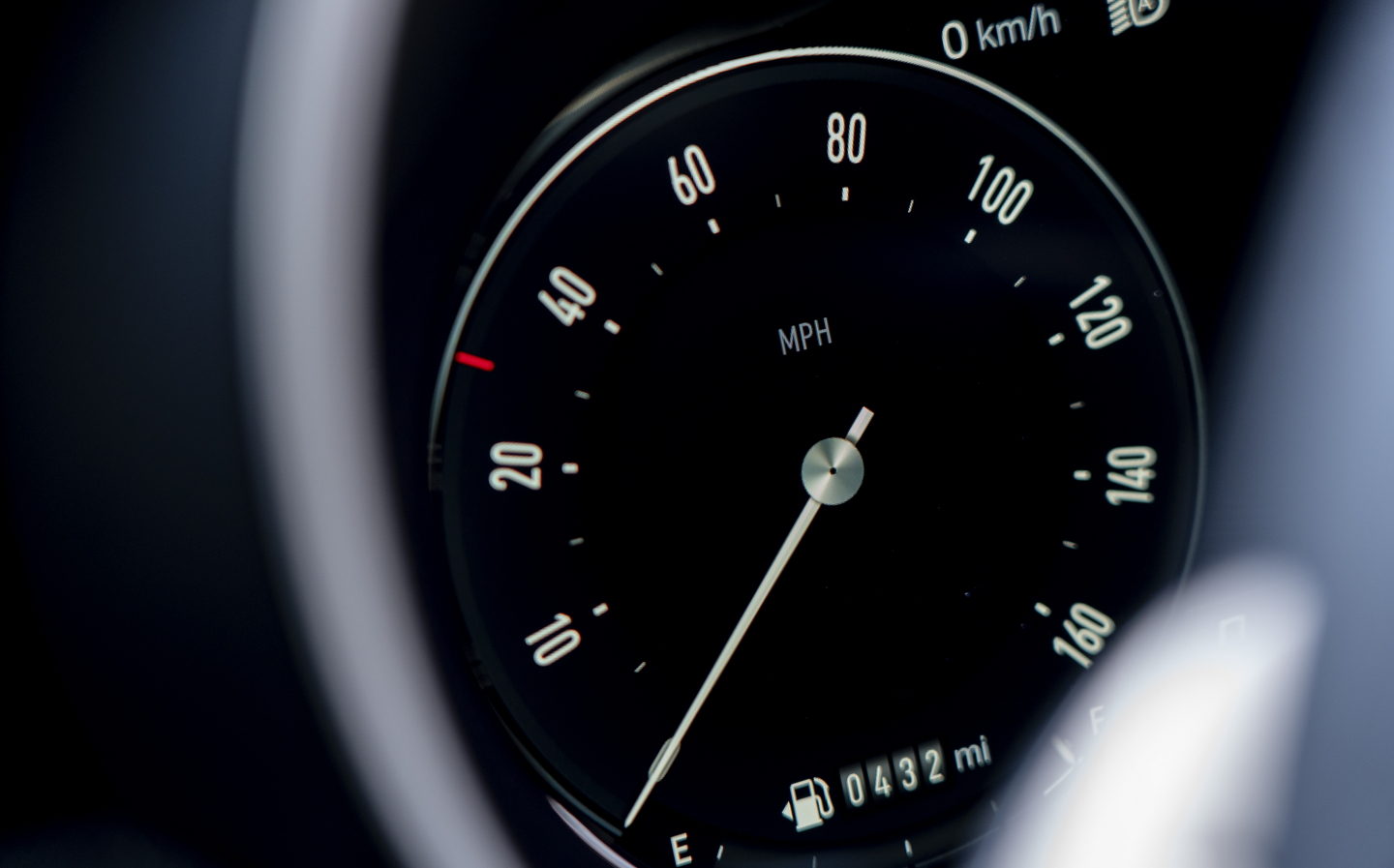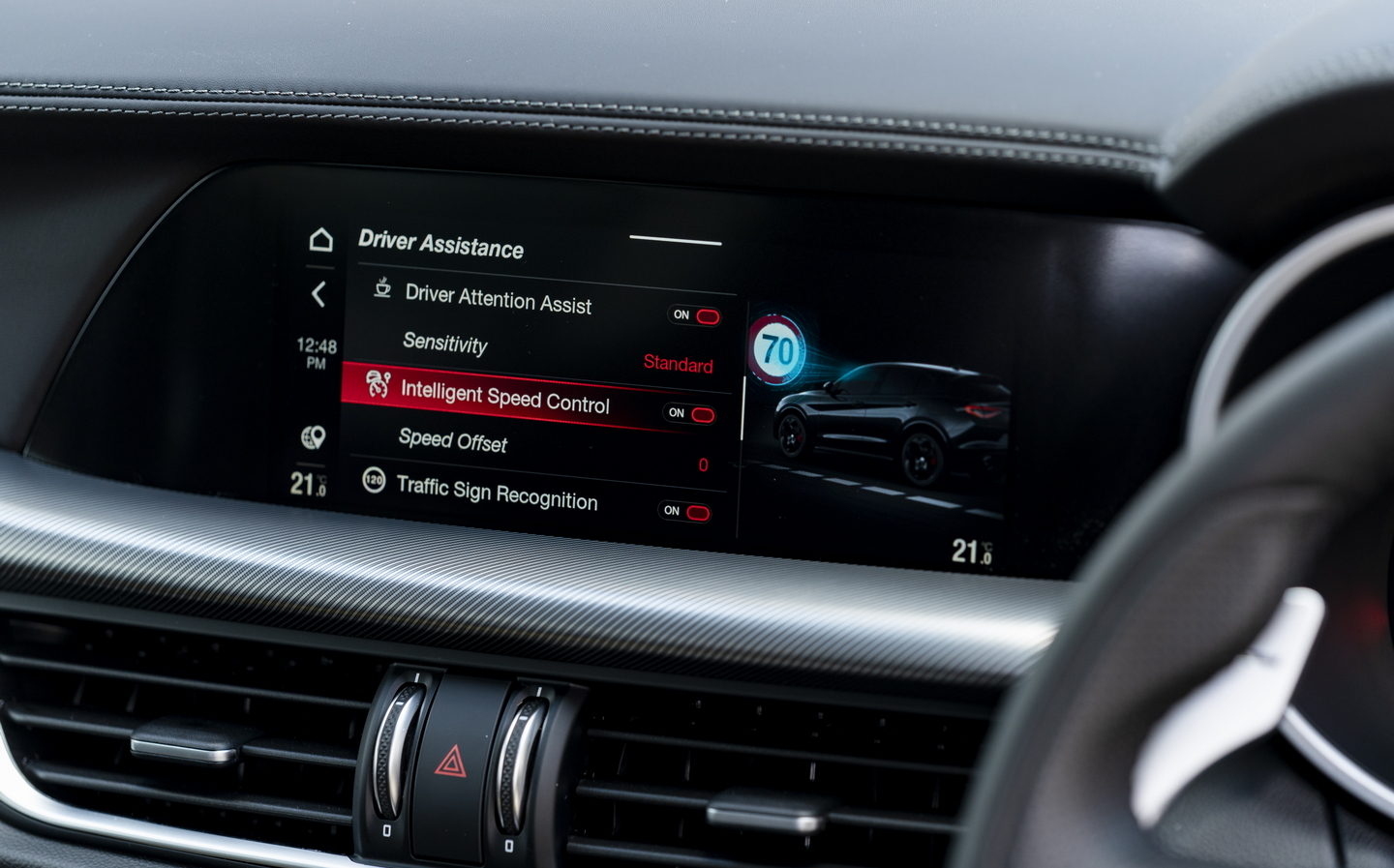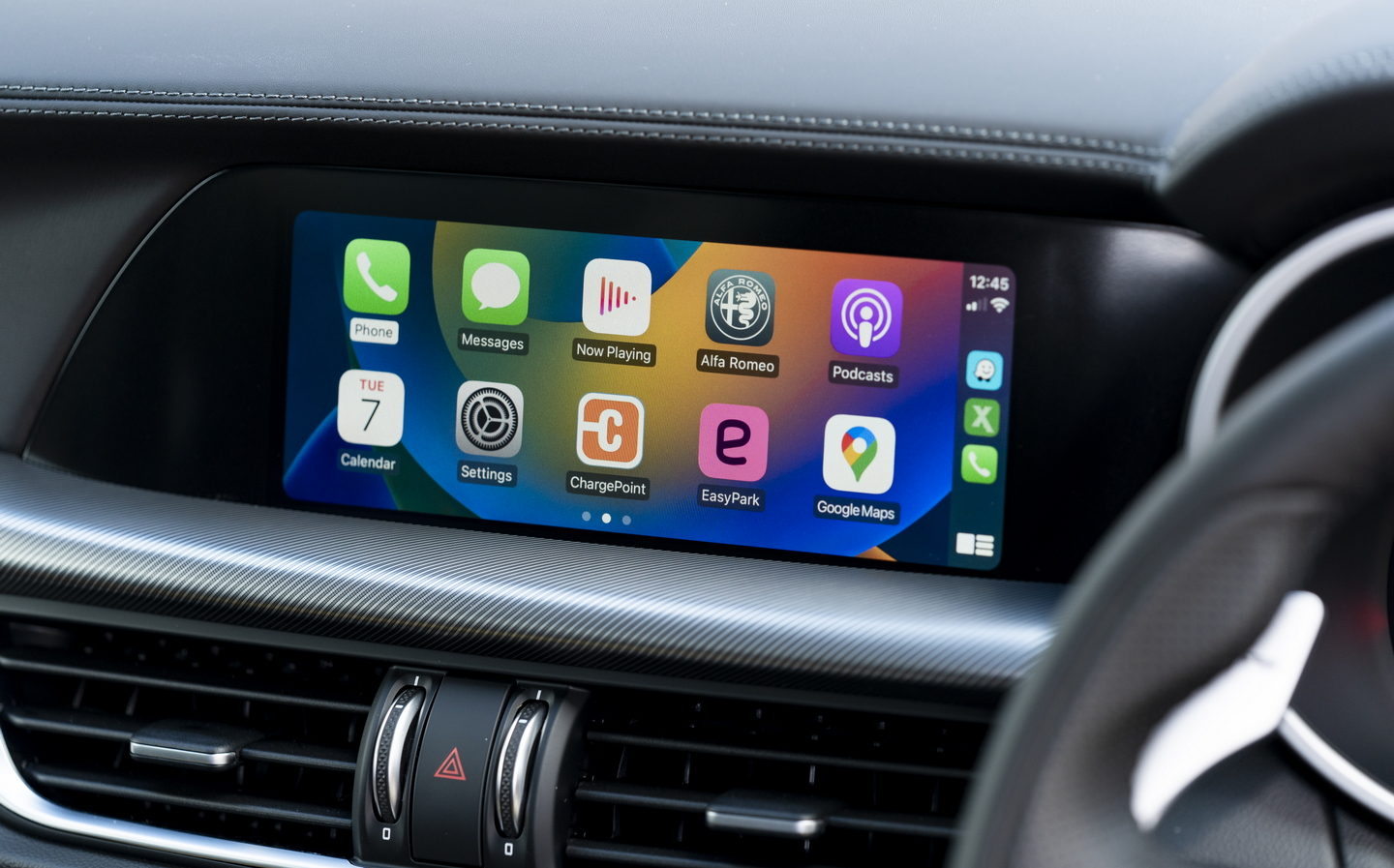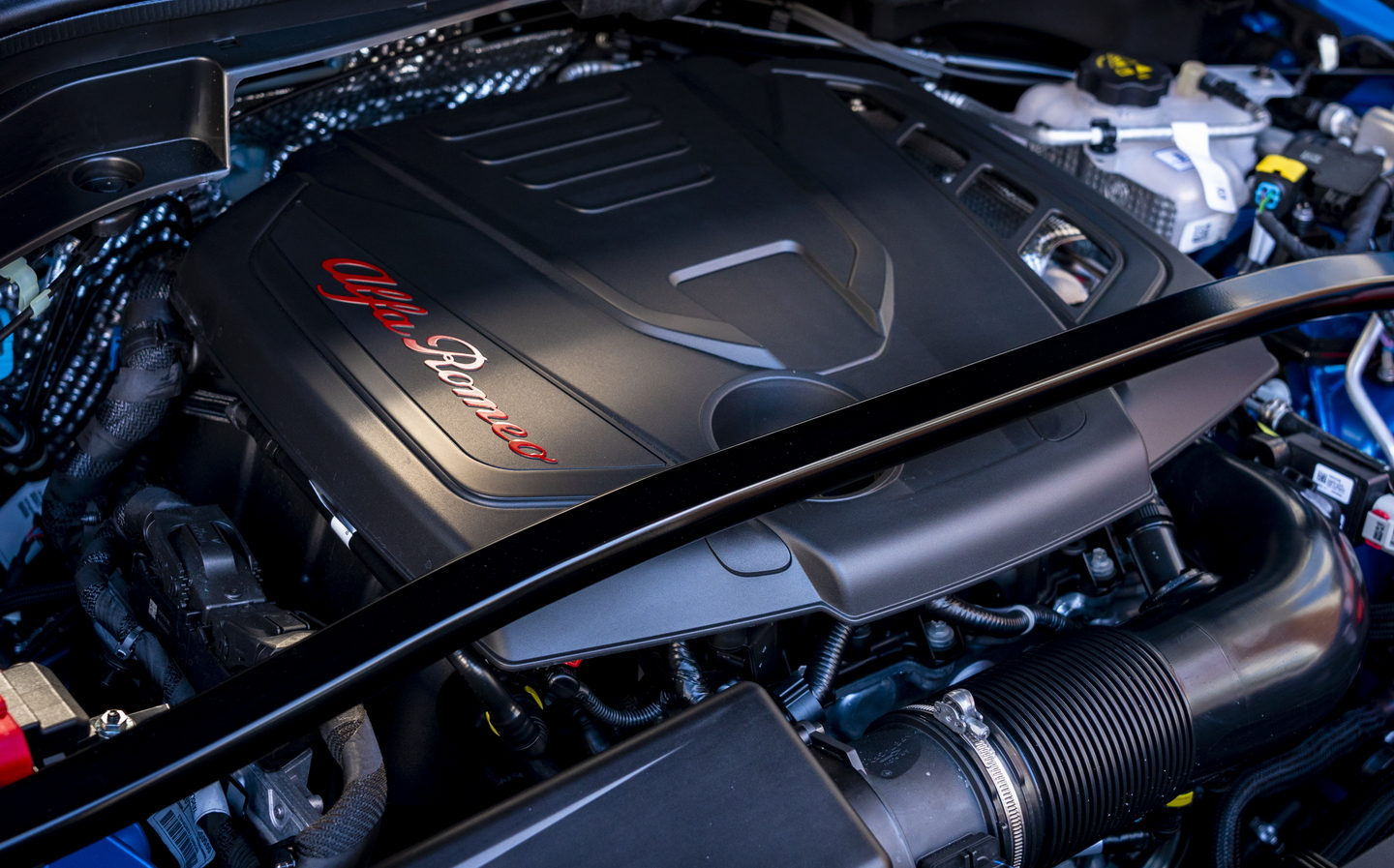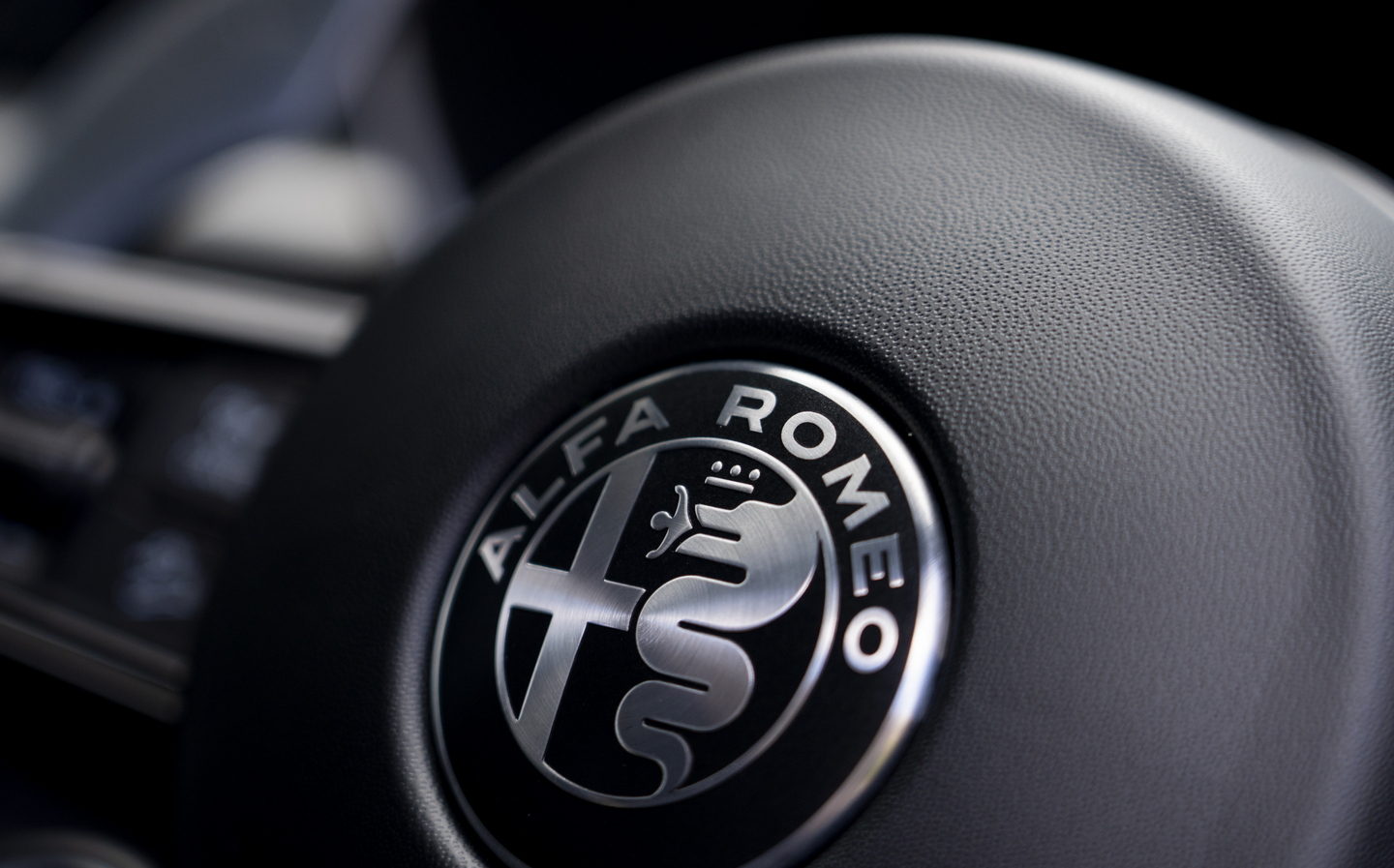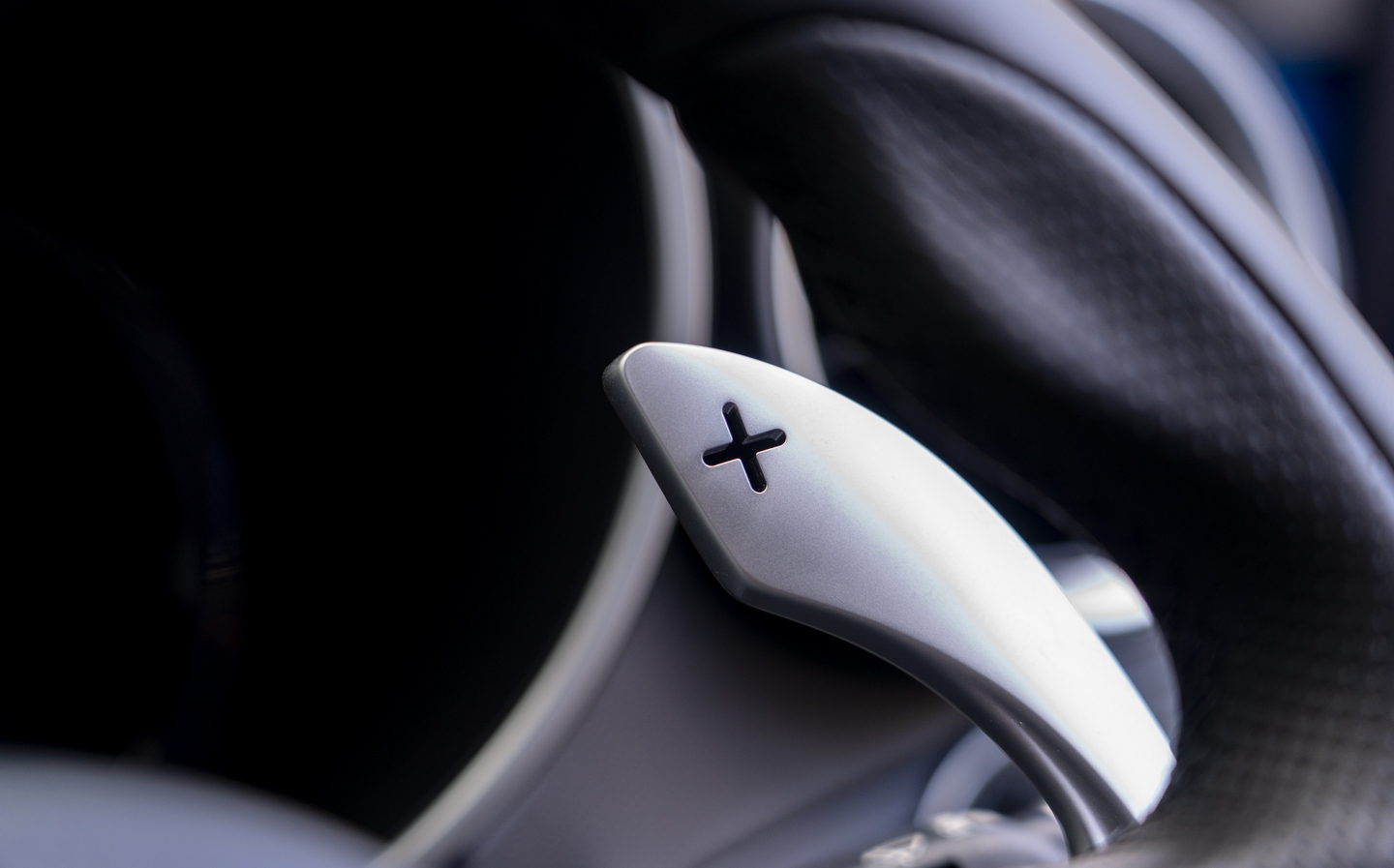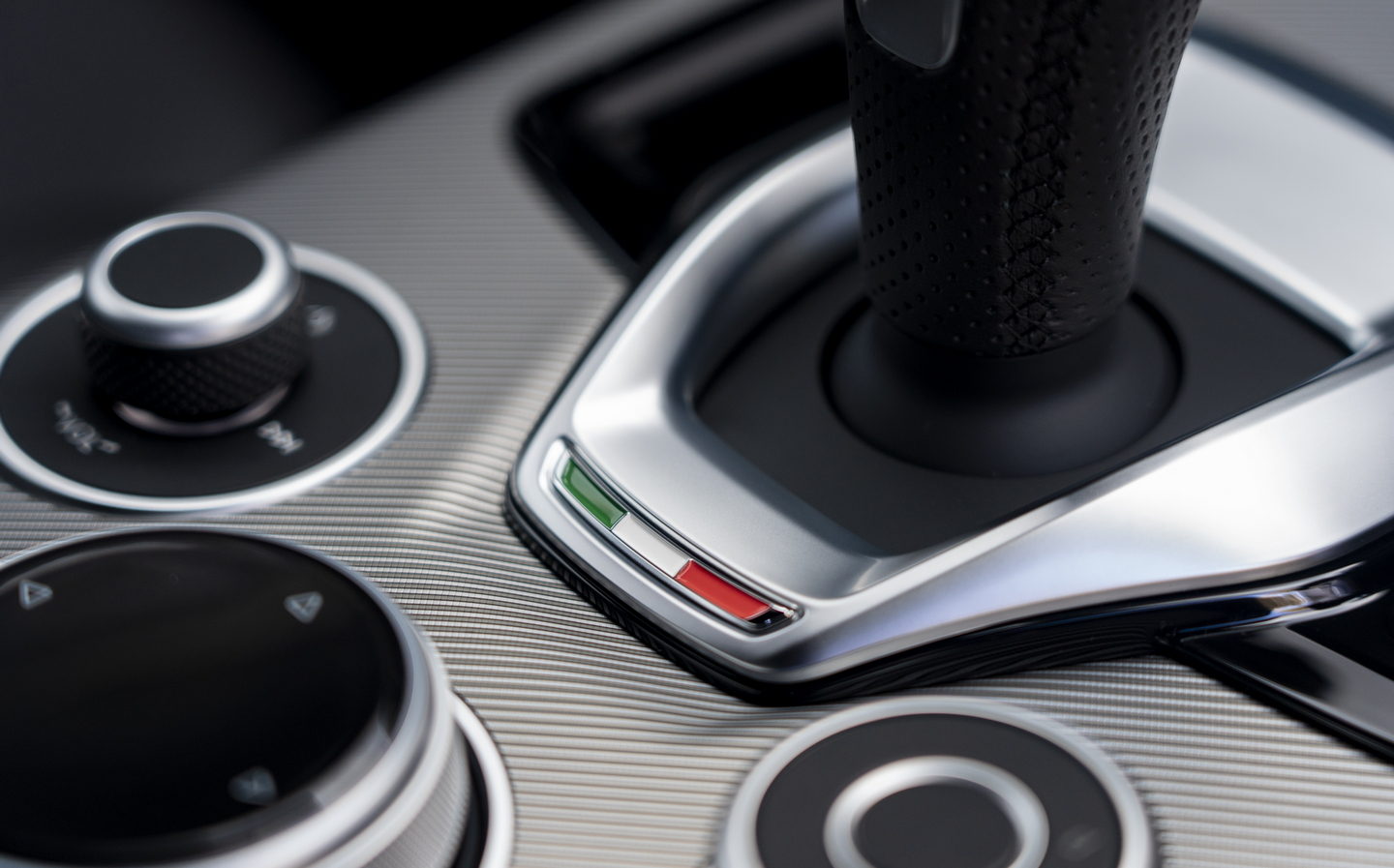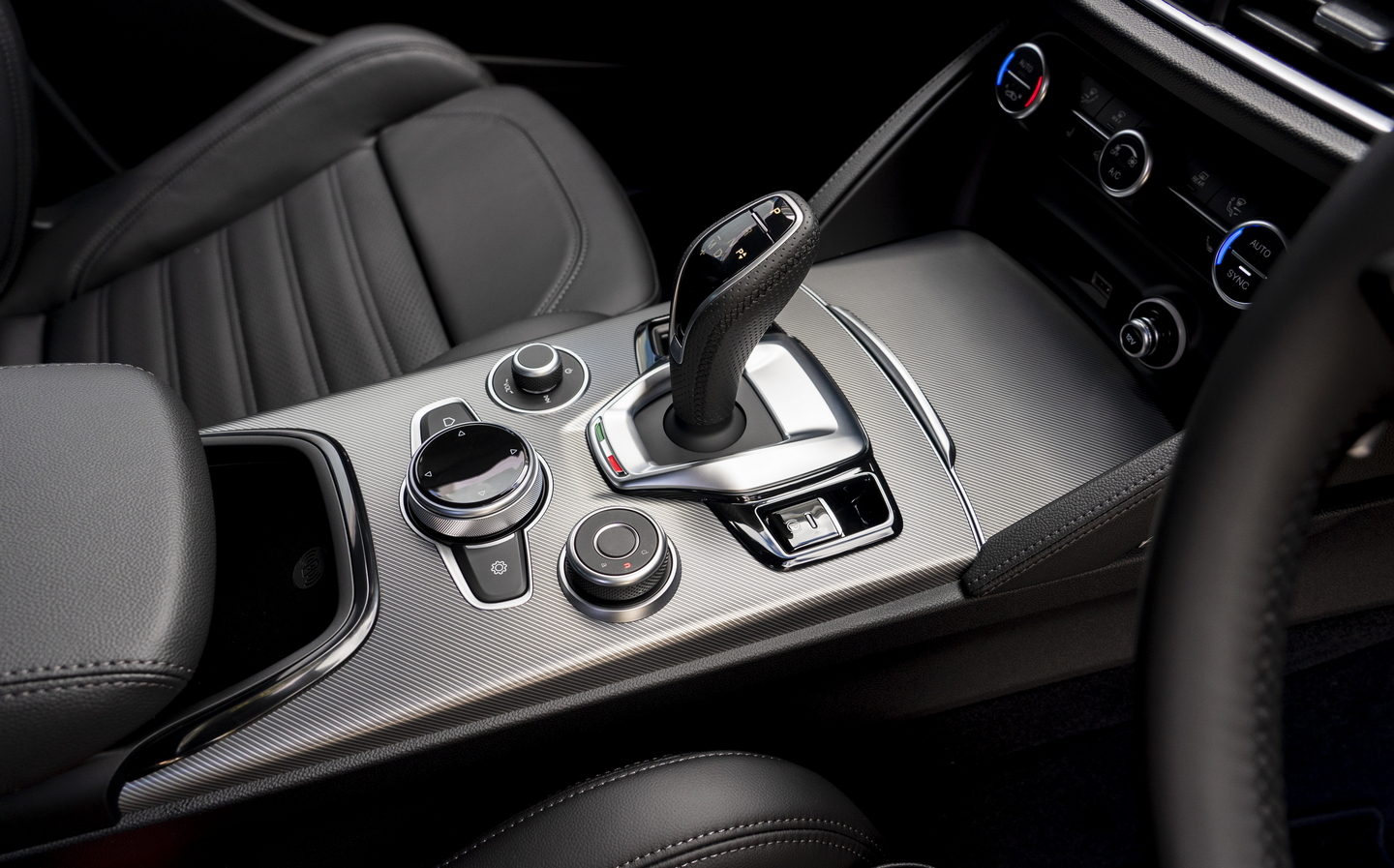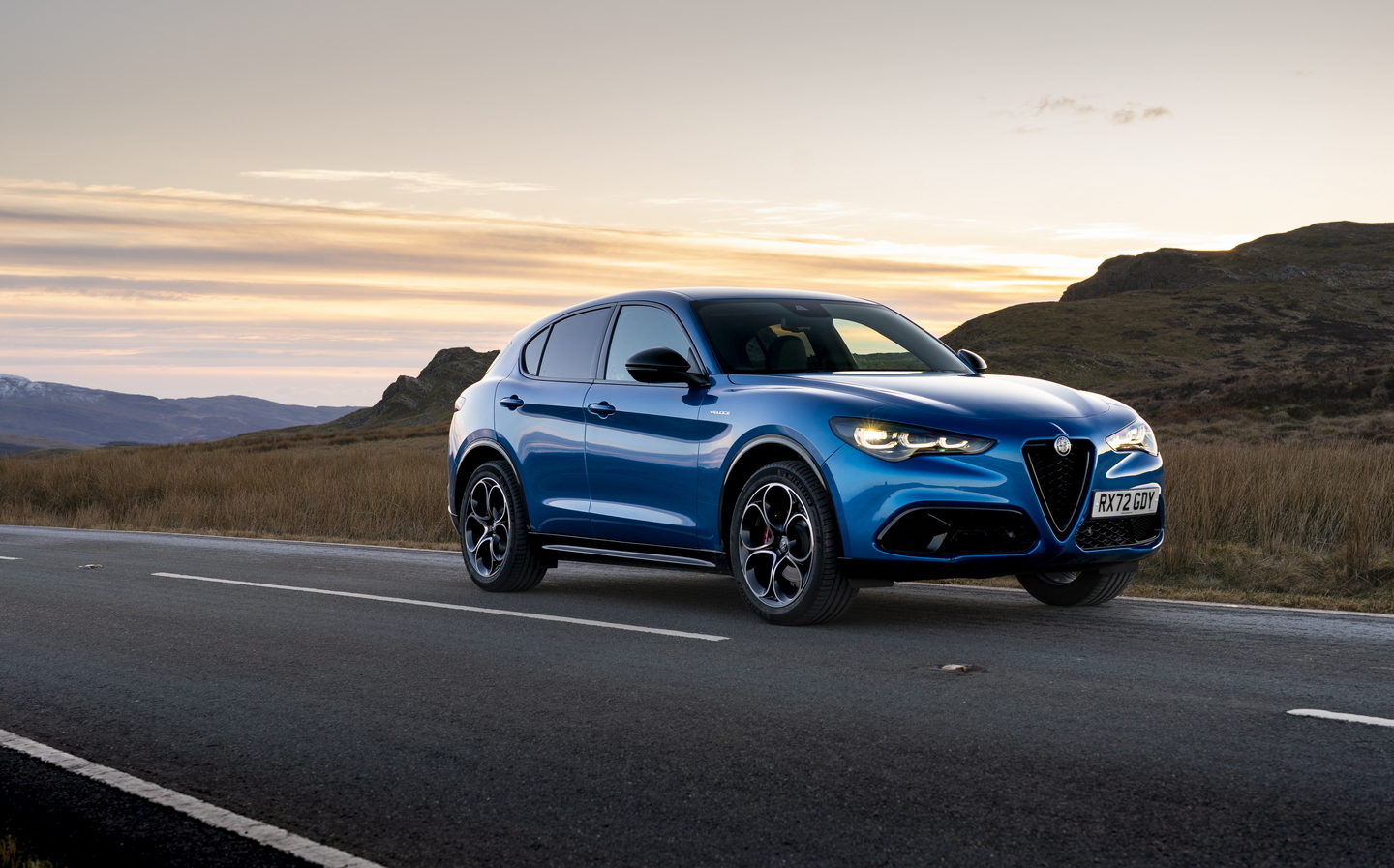Alfa Romeo Stelvio 2023 review: Minor updates, minor improvements for drivers' SUV
Italy does subtlety for a change
Like almost every Alfa Romeo launched in the past decade or so, the Stelvio was billed as the car to save the brand from ignominy. Though the mid-sized SUV has been a hit with customers, it hasn’t exactly wiped the floor with its opposition.
That said, the opposition in question takes quite some beating, with the Porsche Macan, BMW X3 and Audi Q5 all considered the Alfa’s rivals.
Since its introduction in 2017, the Stelvio has struggled to keep pace with those polished and accomplished cars, despite Alfa introducing a much-needed interior upgrade a few years back.
Now, the Italian brand has produced another update, giving the Stelvio some fresh technology and a minor styling tweak. Will that be enough to put it up there with the best in a crowded and competitive premium SUV market?
Exterior design and rivals
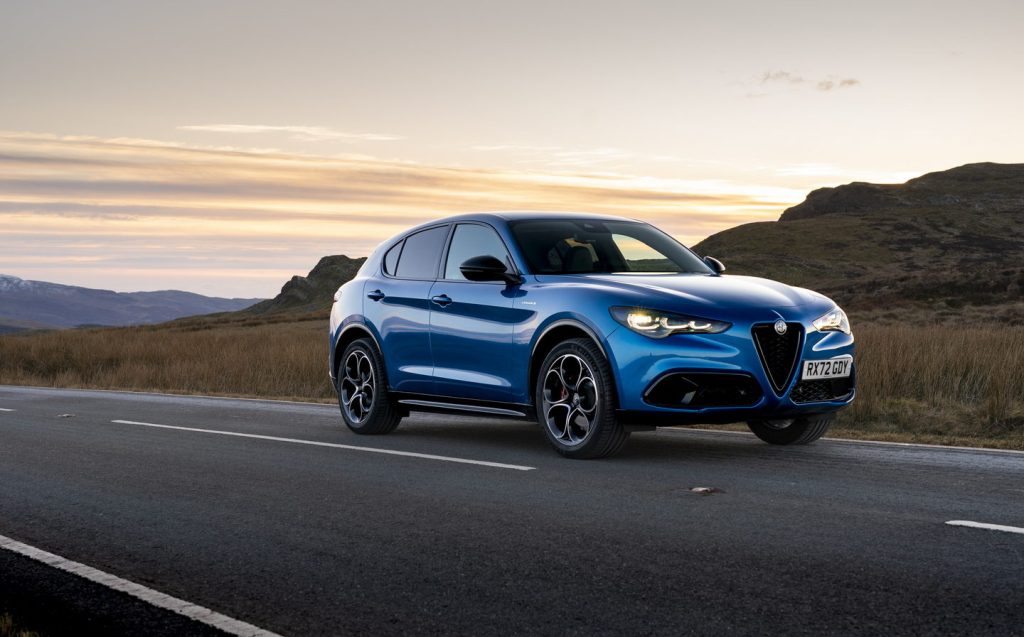
The updated Stelvio doesn’t look all that different from its predecessor but there are a few alterations of note.
The most obvious change is at the front, where Alfa Romeo’s designers have added new headlights with a three-part light signature. Designed to fit in with the smaller Tonale SUV and various Alfas of yesteryear, the new system is more than just a stylistic feature; it also features adaptive LED tech that tweaks the dipped beam depending on conditions and speed.
As well as toying with the headlights, Alfa has altered the rear lights, and the Stelvio gets a lightly revamped front grille design. Aside from that it’s pretty much the same car as before.
Not that there’s much wrong with that. Despite its advancing years, the Stelvio remains one of the most attractive premium SUVs on sale today, and the changes have done nothing to alter that.
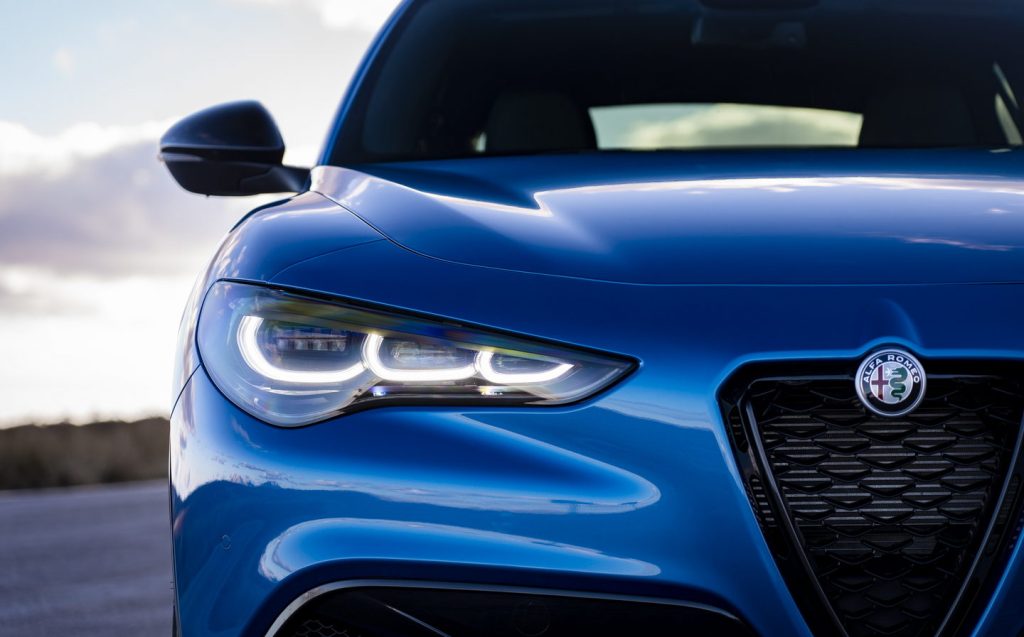
With the BMW X3, Mercedes GLC and Porsche Macan all vying for customers’ affections, design will be a large part of the Stelvio’s appeal. And though the changes haven’t revolutionised the styling, they have at least helped to make the car look marginally more modern than it did before.
Interior and practicality
Inside, styling updates are just as subtle as they are outside, which is something of a pity for a car that has always struggled in terms of cabin quality and design.
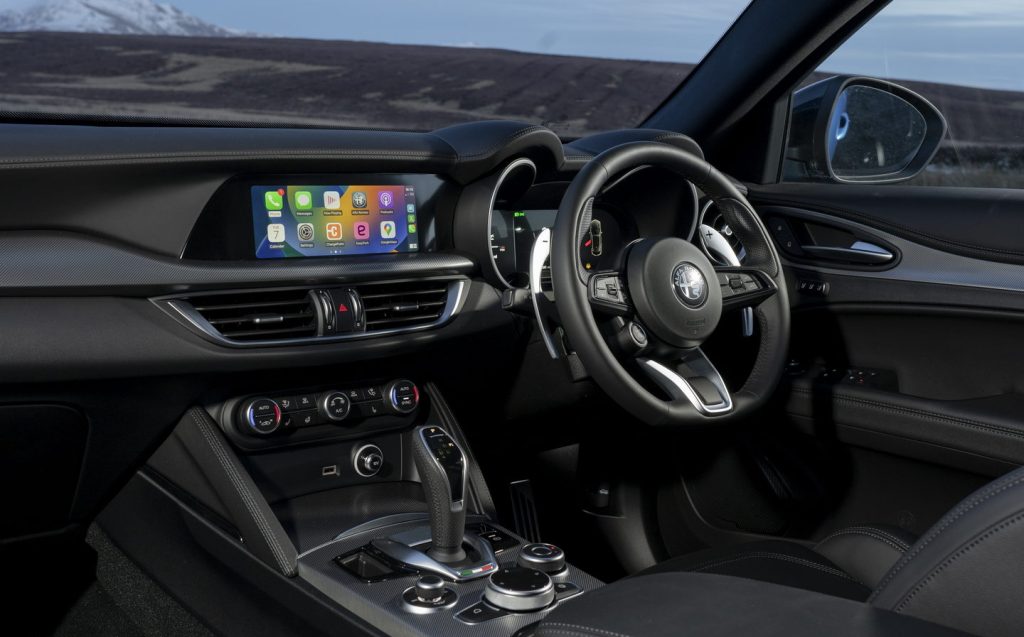
However, when Alfa last updated the Stelvio a few years ago, the interior received a significant overhaul that brought it closer to the likes of the X3 and Q5 but couldn’t quite match them.
Without any real updates since then, however, the cabin still lags behind those of the German alternatives, with some questionable materials lurking in awkward places and ageing design language.
Nevertheless, it’s solid in most places and you can have a selection of really smart-looking upholsteries and trims that make it feel a bit more special, if not necessarily more robust than some of its rivals.
But there’s no getting around the fact that it still feels a bit old here and there, particularly with the tiny infotainment screen set into the dash.
Alfa has fitted a bright new digital driver’s instrument display as part of the update, and that makes it feel a little fresher, but there’s a distinct air of last-generation technology in the cabin these days.
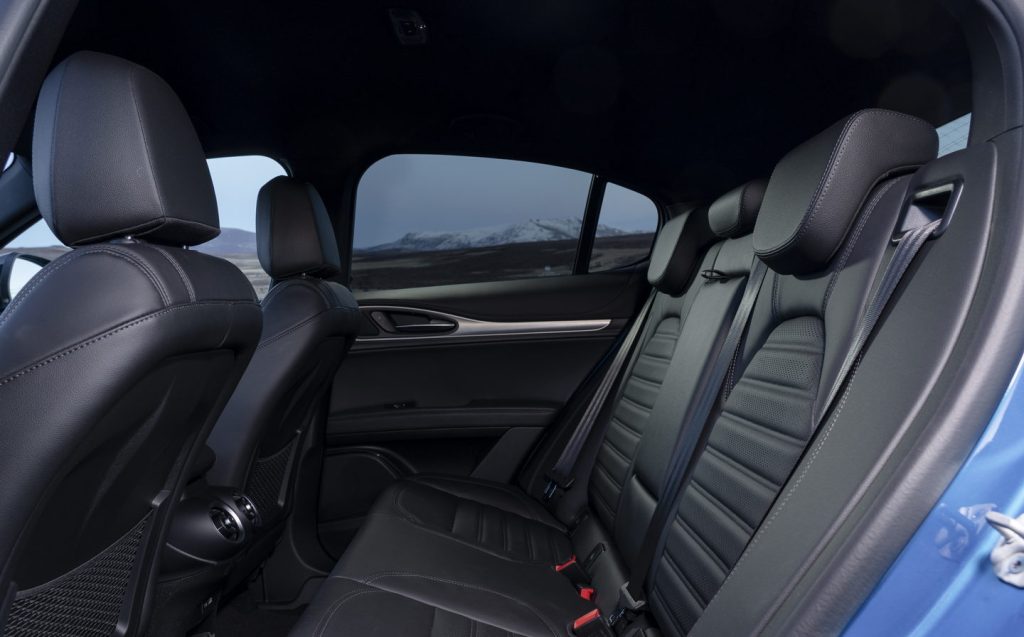
At least the Stelvio can still compete when it comes to practicality, which is unchanged from the earlier versions of the car. That means you get more than sufficient room for adults to occupy the rear seats, even if the dark roof lining options make it feel a little claustrophobic, and there’s a 525-litre luggage bay behind the back seats.
Admittedly, you’ll find a little more space in the rear of a BMW X3 but not enough to make a noticeable difference, even on the odd occasion when you fill the load bay.
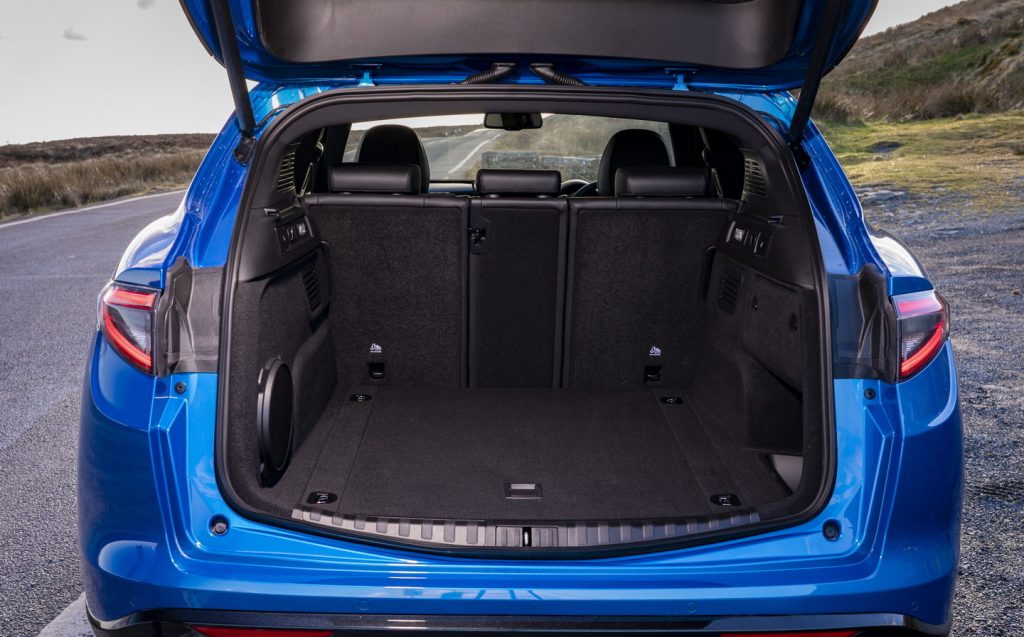
Technology and safety
Despite the issues with the Stelvio’s cabin, Alfa Romeo’s only attempt to liven it up is with a new digital instrument display that certainly makes the interior feel a little more modern.
The new screen is bright and sharp, and it offers a selection of configuration options so you can have it the way you want it, but though it has neat touches, including the range readout that looks like a classic Alfa’s odometer, it doesn’t really have the impact, style or adaptability of Audi’s class-leading Virtual Cockpit.
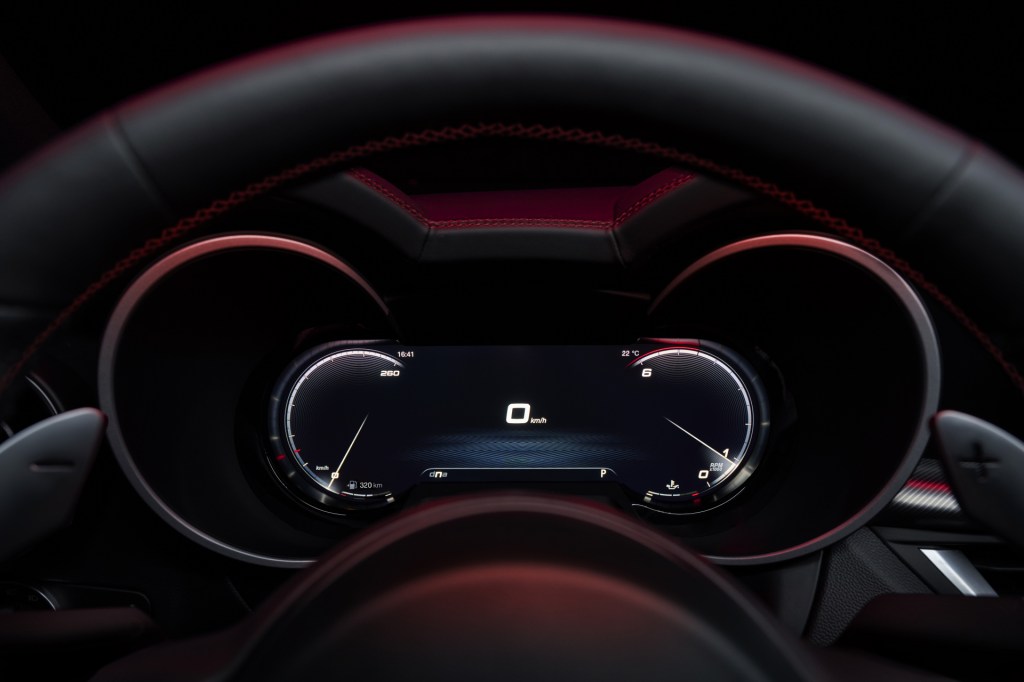
Nor does the Stelvio have infotainment technology to compete with the best cars in this class. It would have been good to see the new instrument display complemented by the central touchscreen from the smaller Tonale.
The new SUV’s screen isn’t perfect by any stretch of the imagination, but it’s sharper and easier on the eye than the Stelvio’s tired-looking system, which is clunky and blocky, yet somehow still quite fussy and confusing to use.
That said, it’s still better than in the earliest Stelvios, and it comes with the Apple CarPlay and Android Auto smartphone integration systems as standard, so you can pair your phone and barely have to use the proprietary system if you don’t want to.
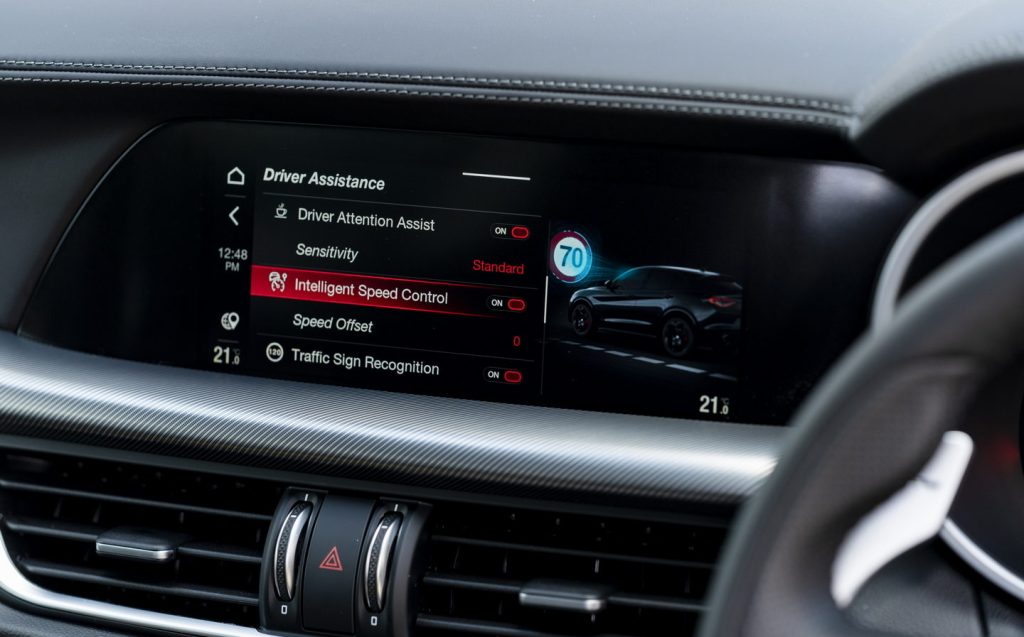
But while Alfa Romeo’s touchscreen feels dated, it still comes with all the most modern safety technology, with every version getting adaptive cruise control that can maintain a safe distance to the vehicle in front, while autonomous emergency braking is also standard, allowing the car to slow or stop itself if the driver doesn’t respond to a hazard.
Alfa is also offering a Driver Assistance Pack Plus for every model in the range, giving buyers the chance to specify blind-spot monitoring, lane-keeping assistance and traffic sign recognition technology. With that pack, the Stelvio can also control its own speed and lane positioning in a single lane, although this system is designed as a safety net in case the driver gets distracted, rather than autonomous driving technology, and the driver must remain in control of the car at all times.
Performance, power output and acceleration
Compared with its rivals, the Stelvio has a pretty meagre selection of engines, with a straight choice between petrol and diesel power. There isn’t even a plug-in hybrid option to satisfy the company car drivers.
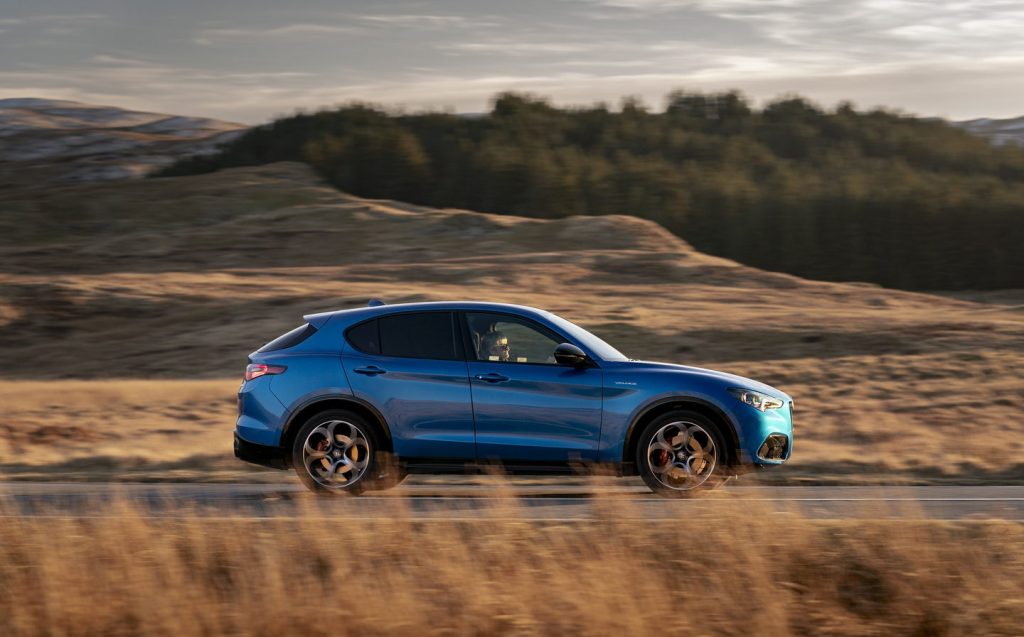
But the engines that exist are at least punchy. There’s a 2.2-litre diesel with 207bhp and the 2-litre petrol engine we tested with 276bhp. Both feed their power to all four wheels via a slick eight-speed automatic gearbox, letting the car accelerate from 0-62mph in less than eight seconds. The more powerful petrol engine can do it in less than six seconds.
That said, it doesn’t sound as though it offers such plentiful performance. In fact, if anything, it sounds a little diesel-like, clattering away under the bonnet when it’s cold. The sound improves as the engine warms up but the clatter never goes away completely.
Yet for all that, it doesn’t sound too shabby under load, with quite a bass-rich note that avoids the drone often associated with four-cylinder engines.
The real reason behind these medium-sized engines, though, is economy, and both power units provide reasonable efficiency. The diesel is naturally the most economical choice, returning around 45mpg on the official test, while the petrol engine returns slightly less impressive economy in the low thirties. For something with so much power, however, the figures aren’t that bad.
But if you want the maximum performance from these engines, you’ll need to use the DNA drive mode selector on the centre console. Found across the Alfa Romeo range, the system allows the driver to choose between “Dynamic”, “Normal” and “All-weather”modes, and the Dynamic setting offers sharper throttle response and more savage gear changes. It holds on to gear ratios for longer, too, whereas the All-weather setting blunts the accelerator response and changes gear earlier for maximum traction on slippery surfaces.
Ride and handling
Because Alfa Romeo hasn’t changed the Stelvio’s underpinnings, it hasn’t really changed the way its flagship SUV drives. Not that there’s anything wrong with that, because the Alfa was already good fun on the right road.

Of course, it’s up against the BMW X3, Jaguar F-Pace and Porsche Macan in this sector, and it doesn’t quite have the polish of those cars, though it can compete on the road. But then it is based on solid foundations in the shape of Alfa’s ‘Giorgio’ platform, which also underpins the remarkable Giulia saloon.
That has given the Stelvio plenty of poise in corners, with lots of grip and good body control that keeps the car from wallowing about like a traditional SUV.
Admittedly, the SUV’s steering doesn’t feel quite as sharp as that of the Giulia saloon, but there the criticisms end. The Stelvio is a stable, agile car that manages to feel smaller and lighter than it really is. It’s more like a fast hatchback than an SUV.
In part, that’s down to the brake-by-wire technology, which means the only link between the pedal and the brakes themselves is electronic. Often, such systems feel a bit short on feel but the Stelvio’s system is mightily effective, stopping the car remarkably quickly.
Despite the Stelvio’s lively driving experience, the car rides with surprising maturity. It’s hardly the supplest thing on the market but it’s on a par with most of its rivals, even though it gets a little fidgety on really broken surfaces. Get it on a motorway, though, and it’ll soak up the worst of the imperfections quite happily.

Pricing and on-sale date
The basic Stelvio — the Sprint model — costs £47,355, which makes it roughly on par with the cheapest BMW X3. But the cheapest Stelvio is a diesel, and the equivalent BMW costs just over £48,000, making the Alfa look like reasonable value for money.
The Stelvio is well-equipped, too, and every model comes with 19in alloy wheels, aluminium sports pedals and dark matt exhaust tips, as well as the 12.3in digital instrument display and the 8.8in touchscreen.
Navigation and the Android Auto and Apple CarPlay smartphone integration tech are all fitted across the range.
Verdict: Alfa Romeo Stelvio review
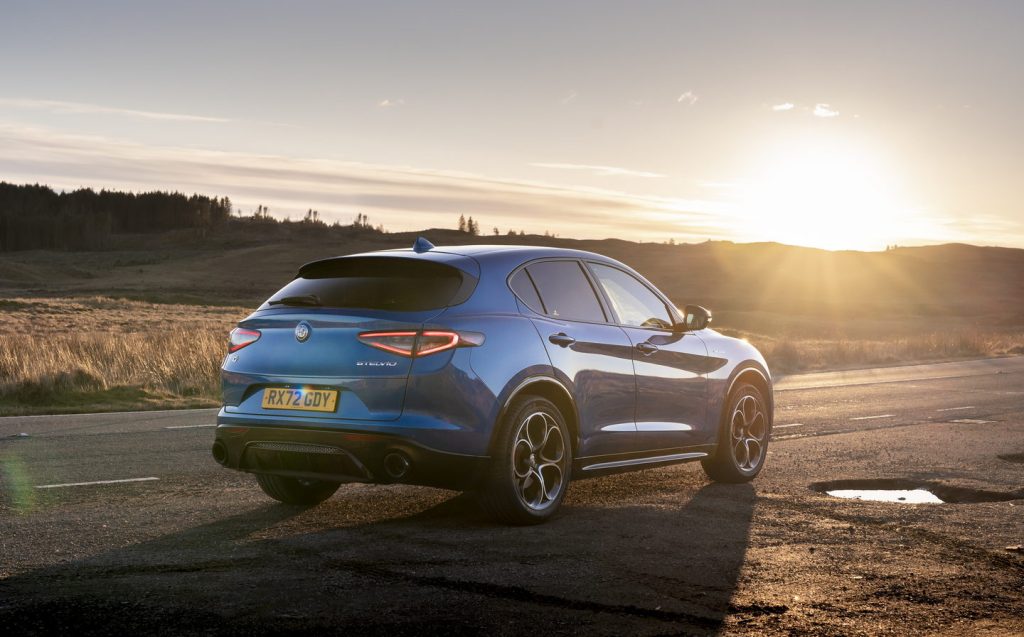
If truth be told, the Stelvio hasn’t changed all that much. But then it was already a great SUV to drive, so the lack of mechanical upgrades is not too much of a loss.
Admittedly, the decision not to fit the latest-generation infotainment system feels like a bit of an own goal but the new digital instrument display has modernised it somewhat and the fresh headlights look good, too.
So despite the refresh there’s no escaping the Alfa Romeo Stelvio’s age, but thanks to the improvements here and there it still just about clings to the coattails of the class leaders.
Related articles
- After reading our review of the updated Alfa Romeo Stelvio, you might like to read a profile of ‘Quadrifoglio’ — Alfa Romeo’s sporty sub-brand
- Clarkson: Alfa Romeo Stelvio Quadrifoglio is the SUV you should buy, but won’t
- Or read our review of the Alfa Romeo Tonale PHEV
Latest articles
- Seven great automotive events to visit this summer, from F1 to art and champagne
- Watch new Porsche 911 GT3 smash Nürburgring record for manual cars
- Skoda Elroq 2025 review: Czech carmaker can’t seem to miss with its electric family cars
- Five best electric cars to buy in 2025
- Should I buy a diesel car in 2025?
- F1 2025 calendar and race reports: The new Formula One season as it happens
- Zeekr 7X AWD 2025 review: A fast, spacious and high tech premium SUV — but someone call the chassis chief
- Denza Z9GT 2025 review: Flawed but sleek 1,062bhp shooting brake from BYD’s luxury arm
- Extended test: 2024 Renault Scenic E-Tech review



